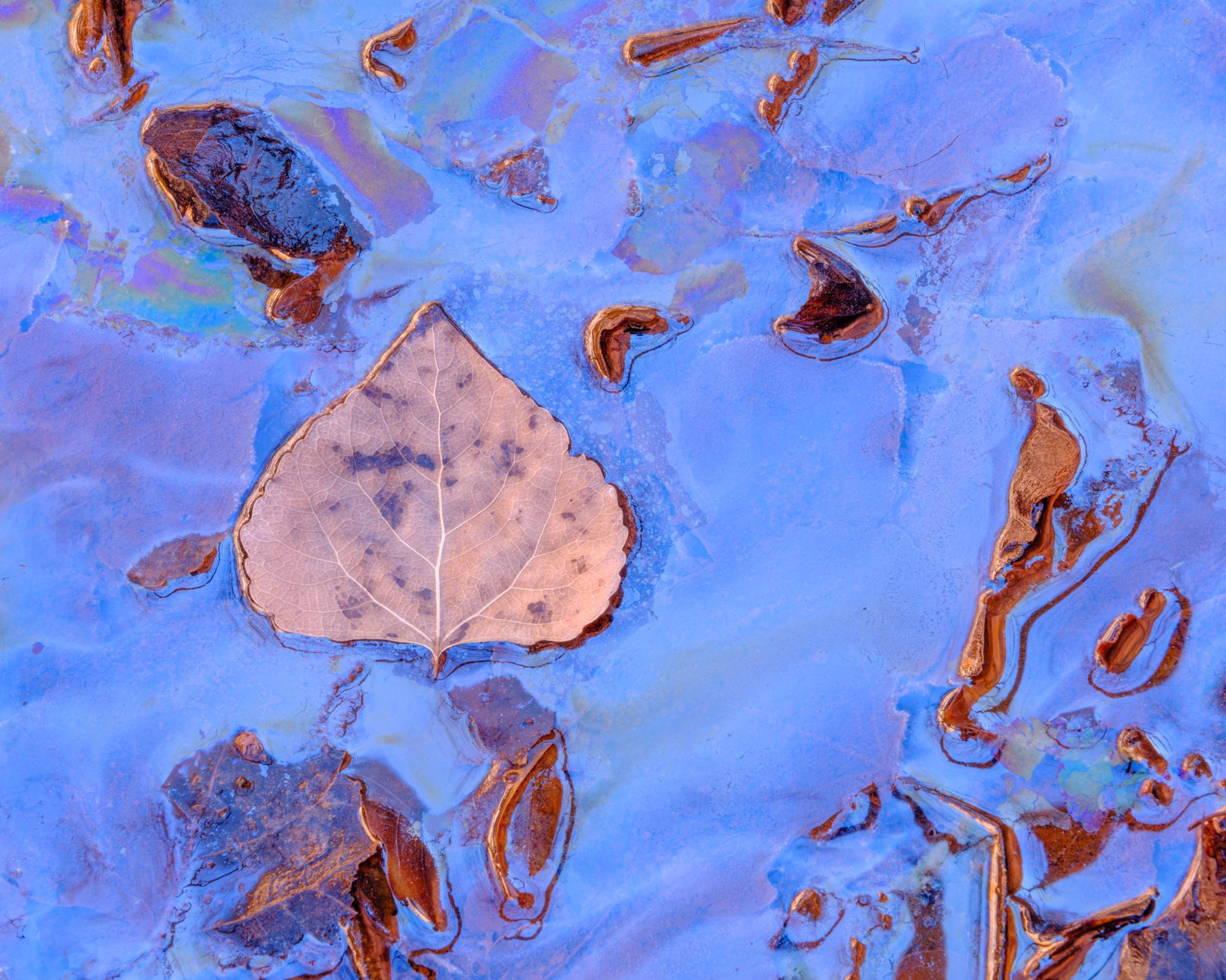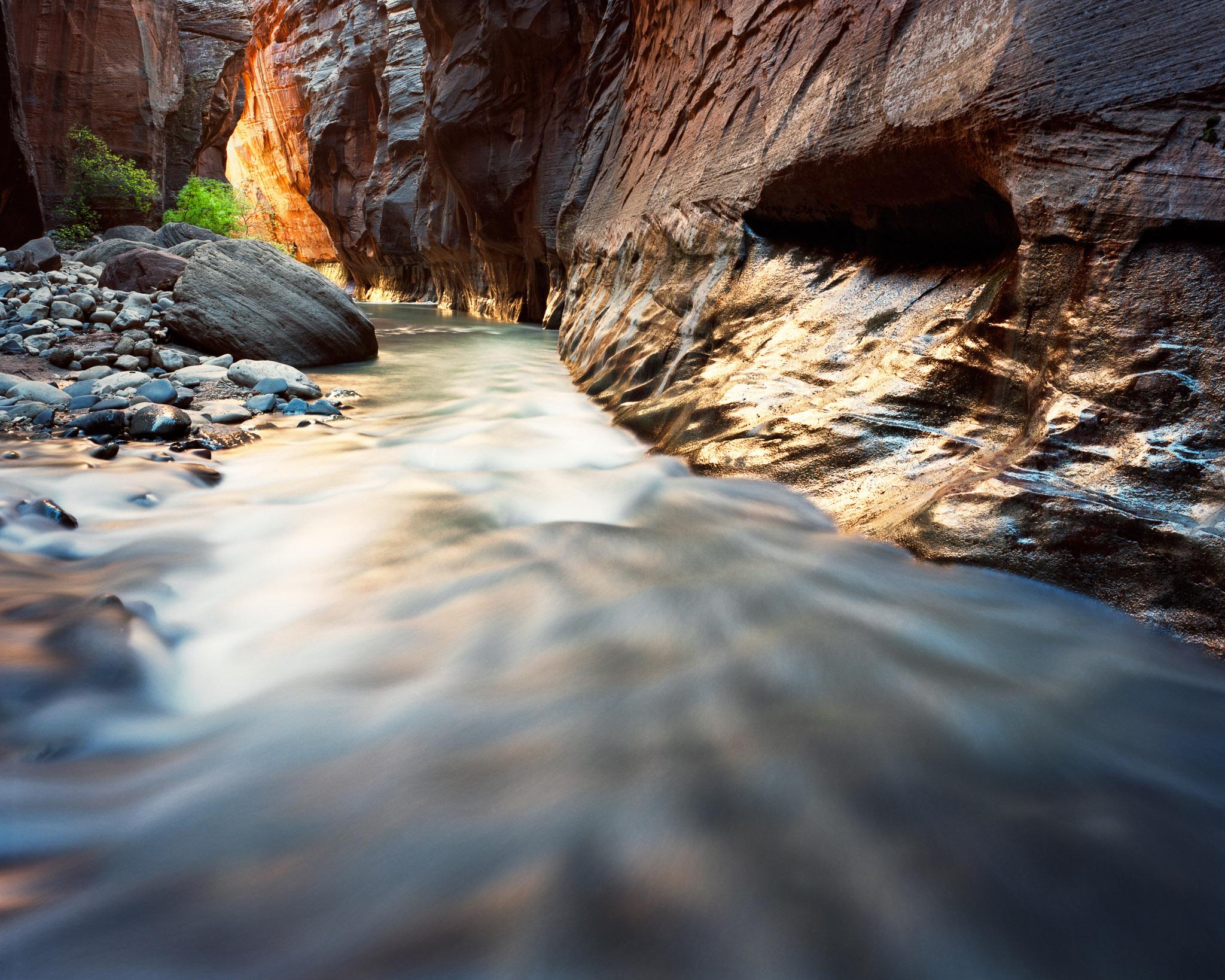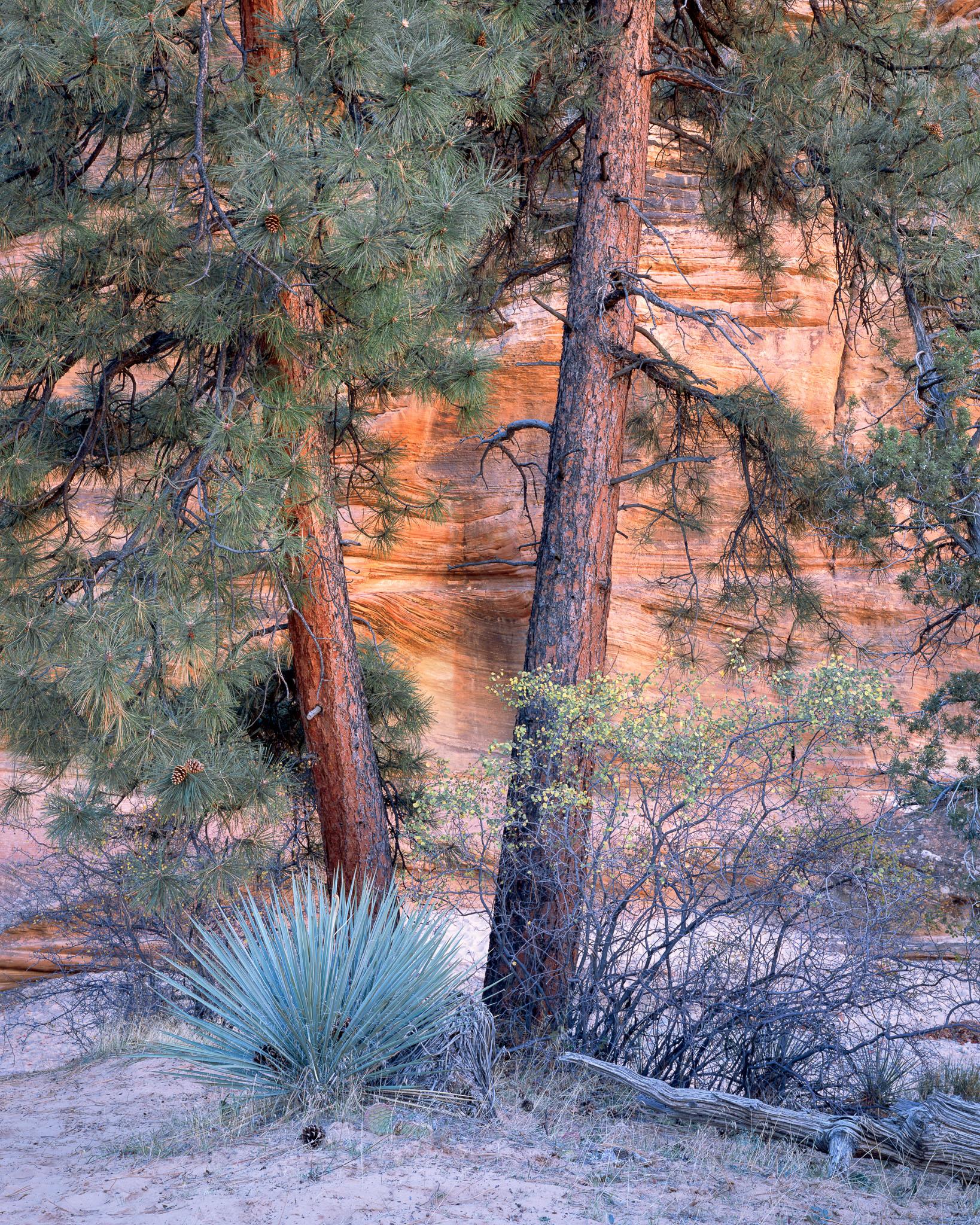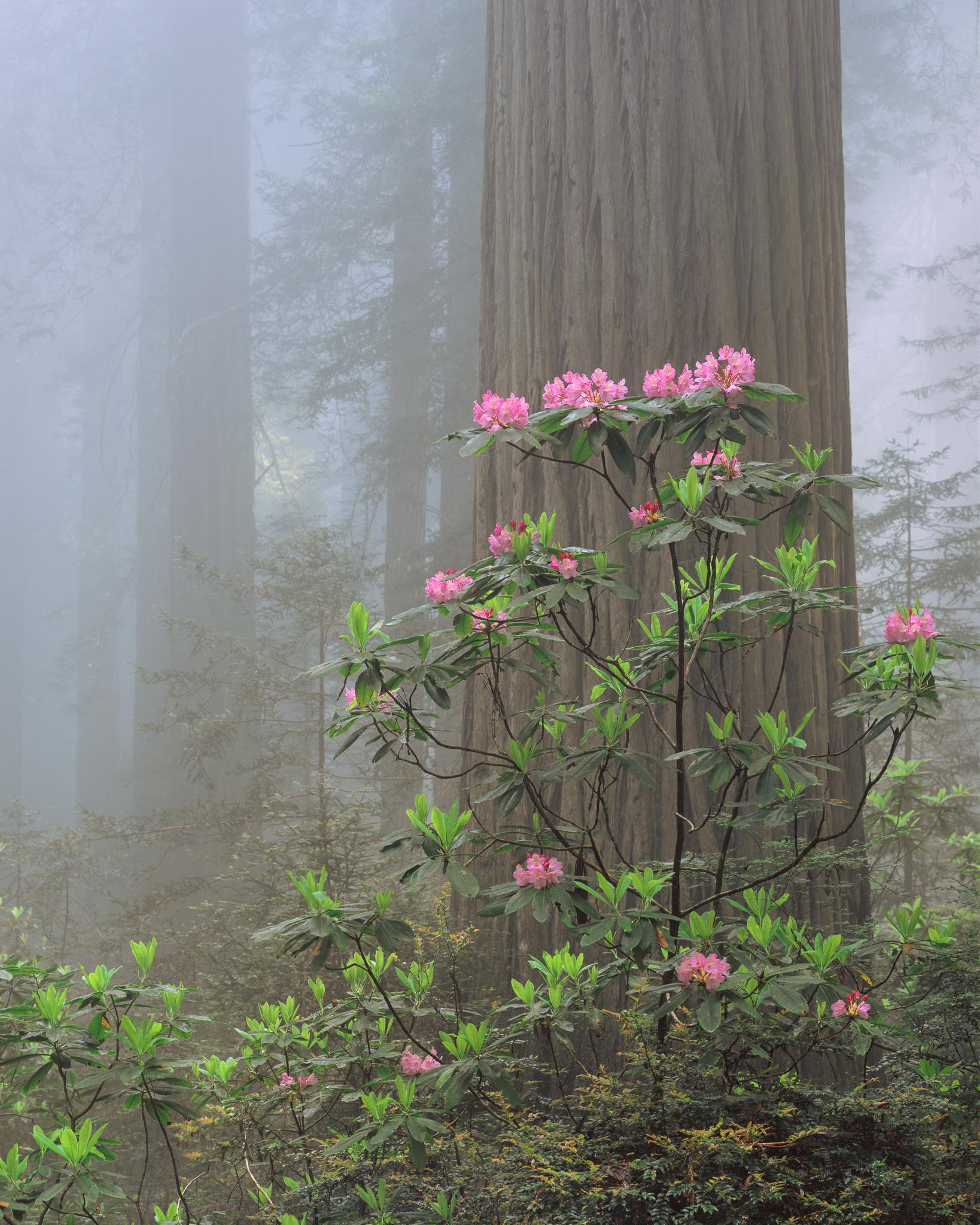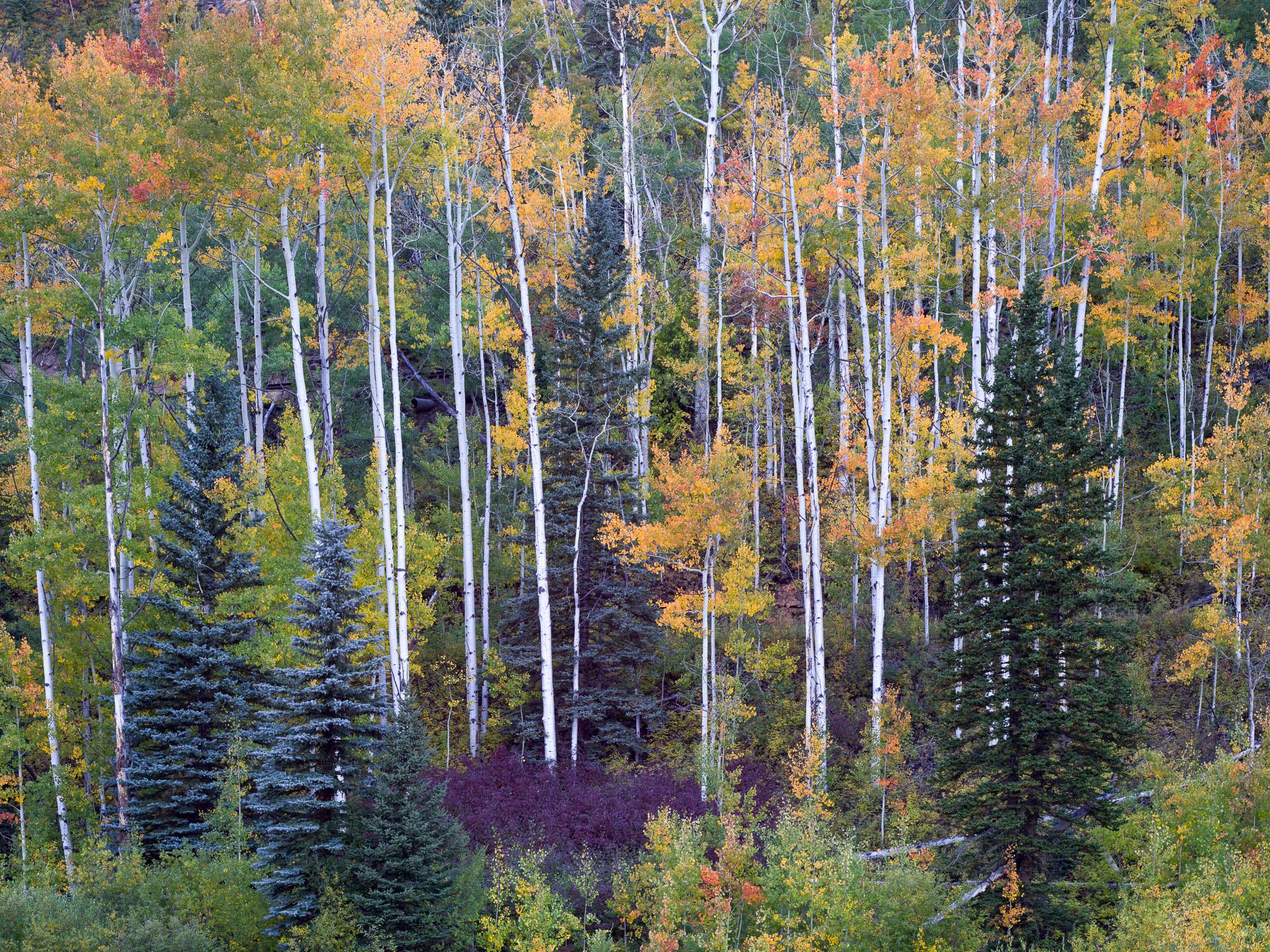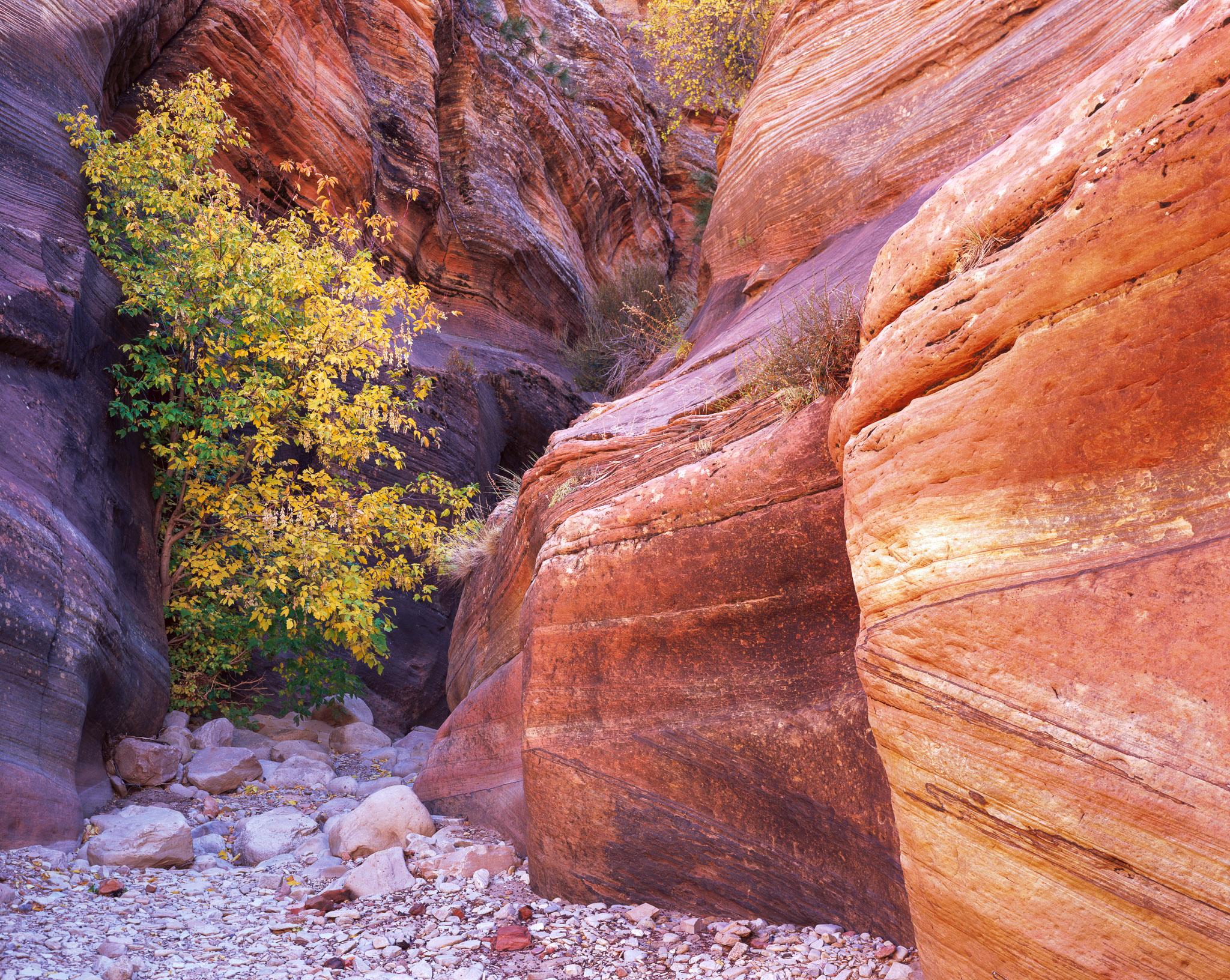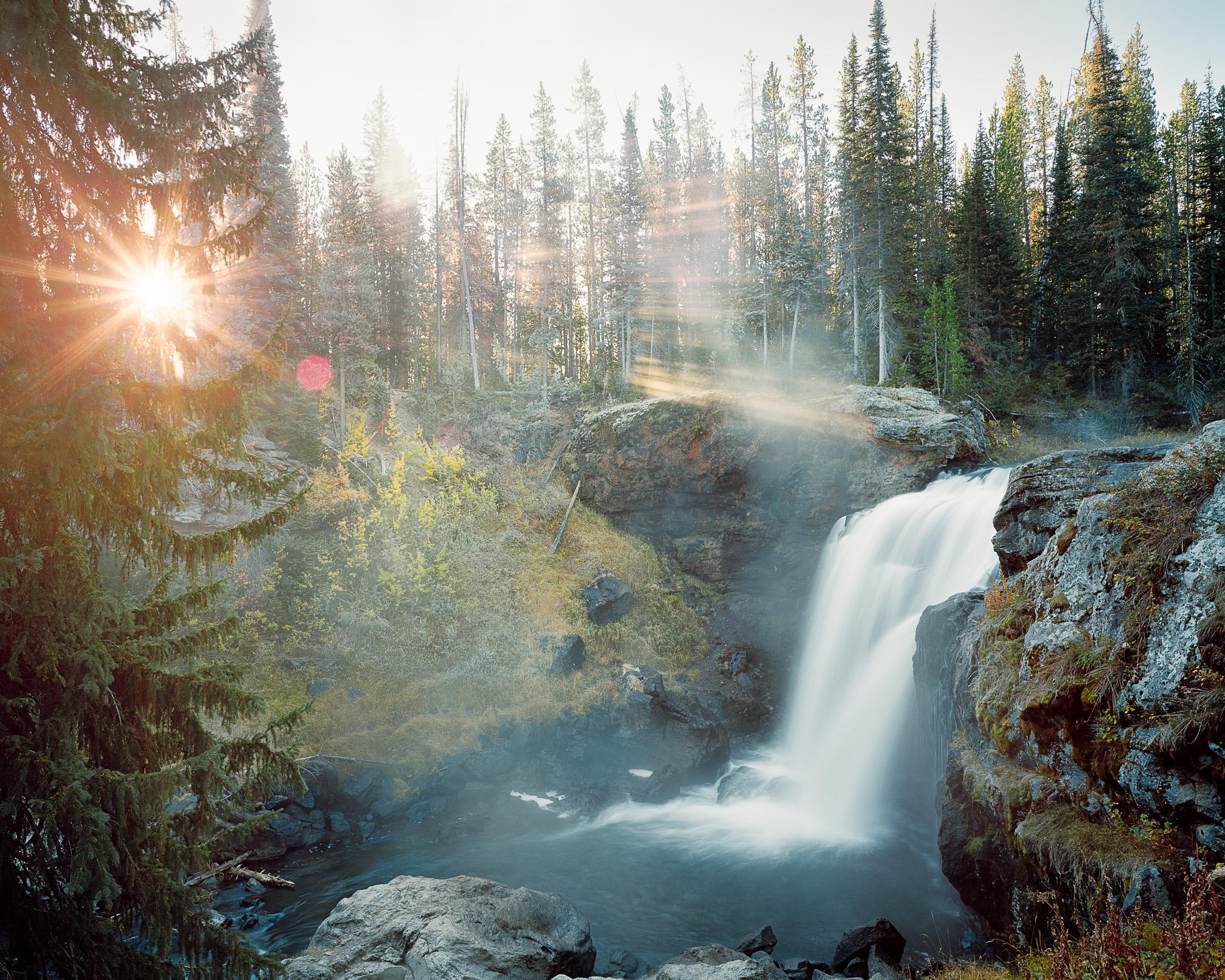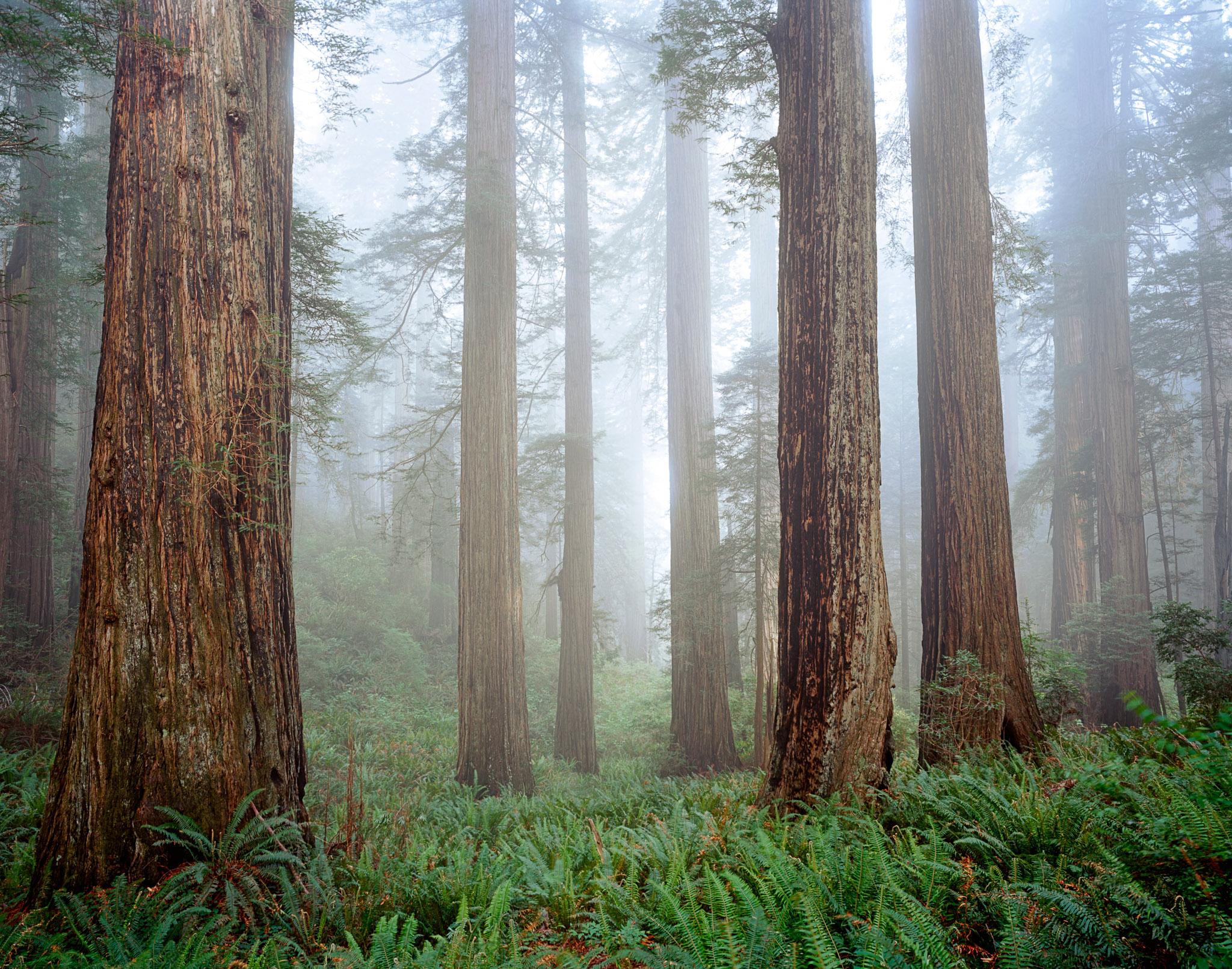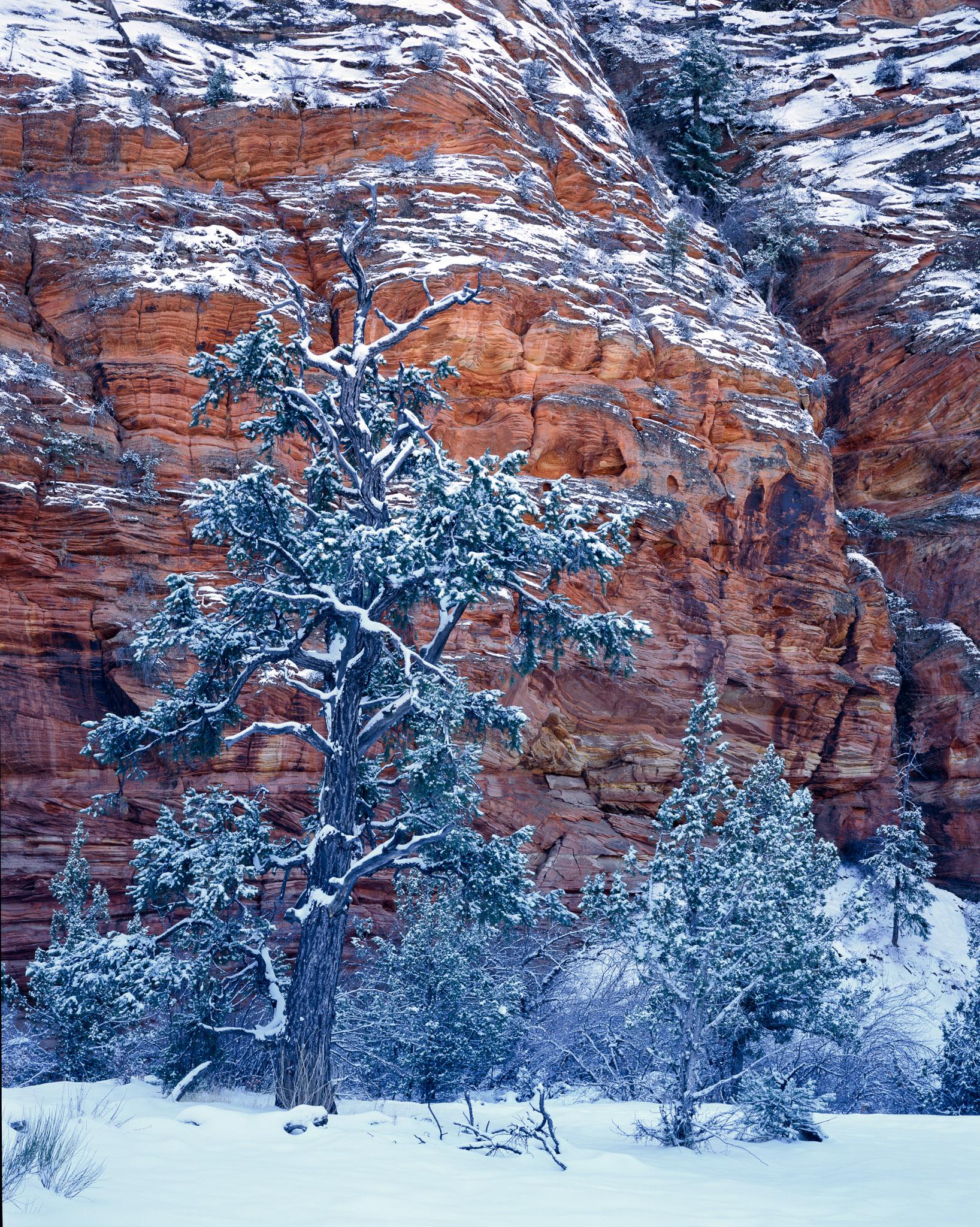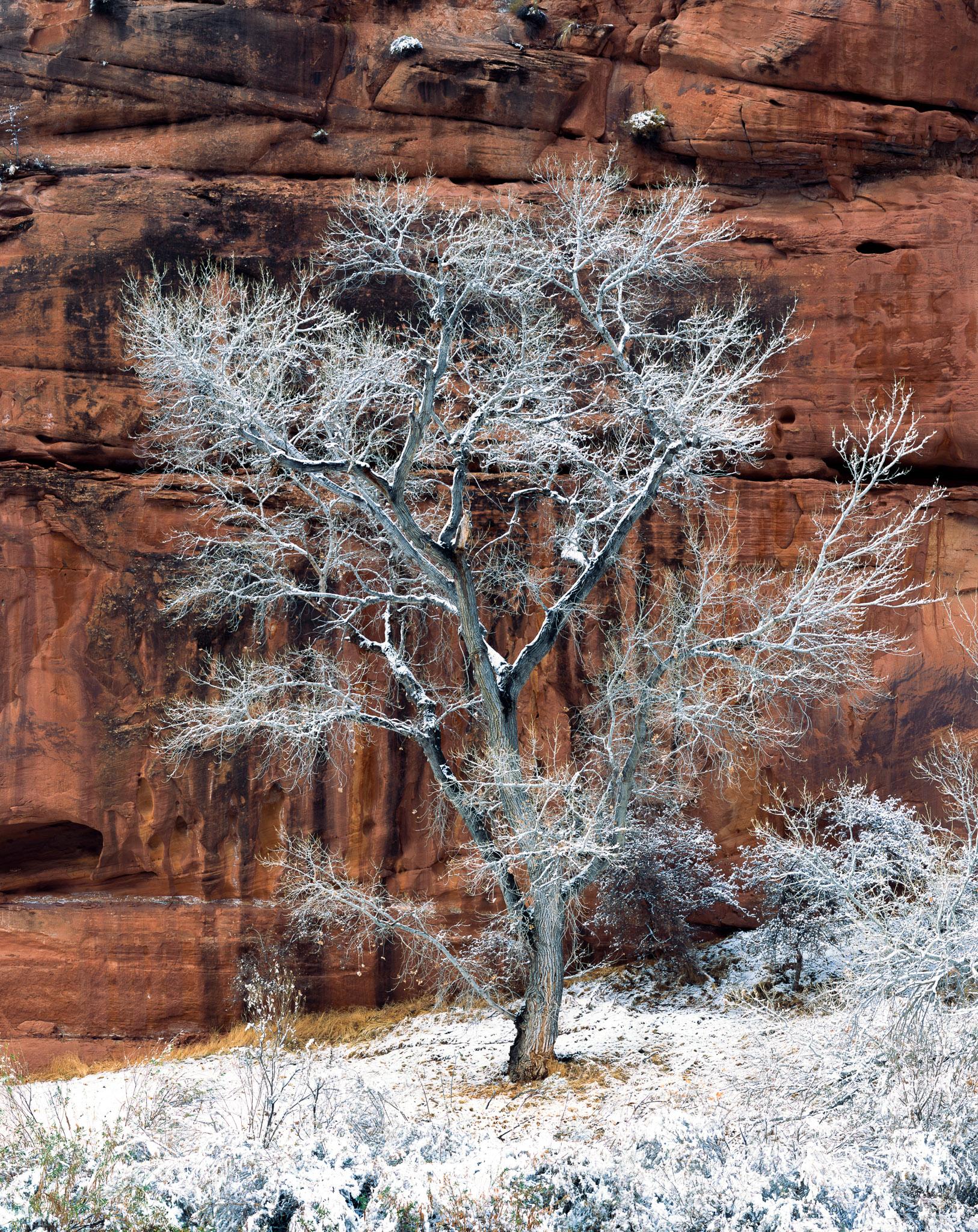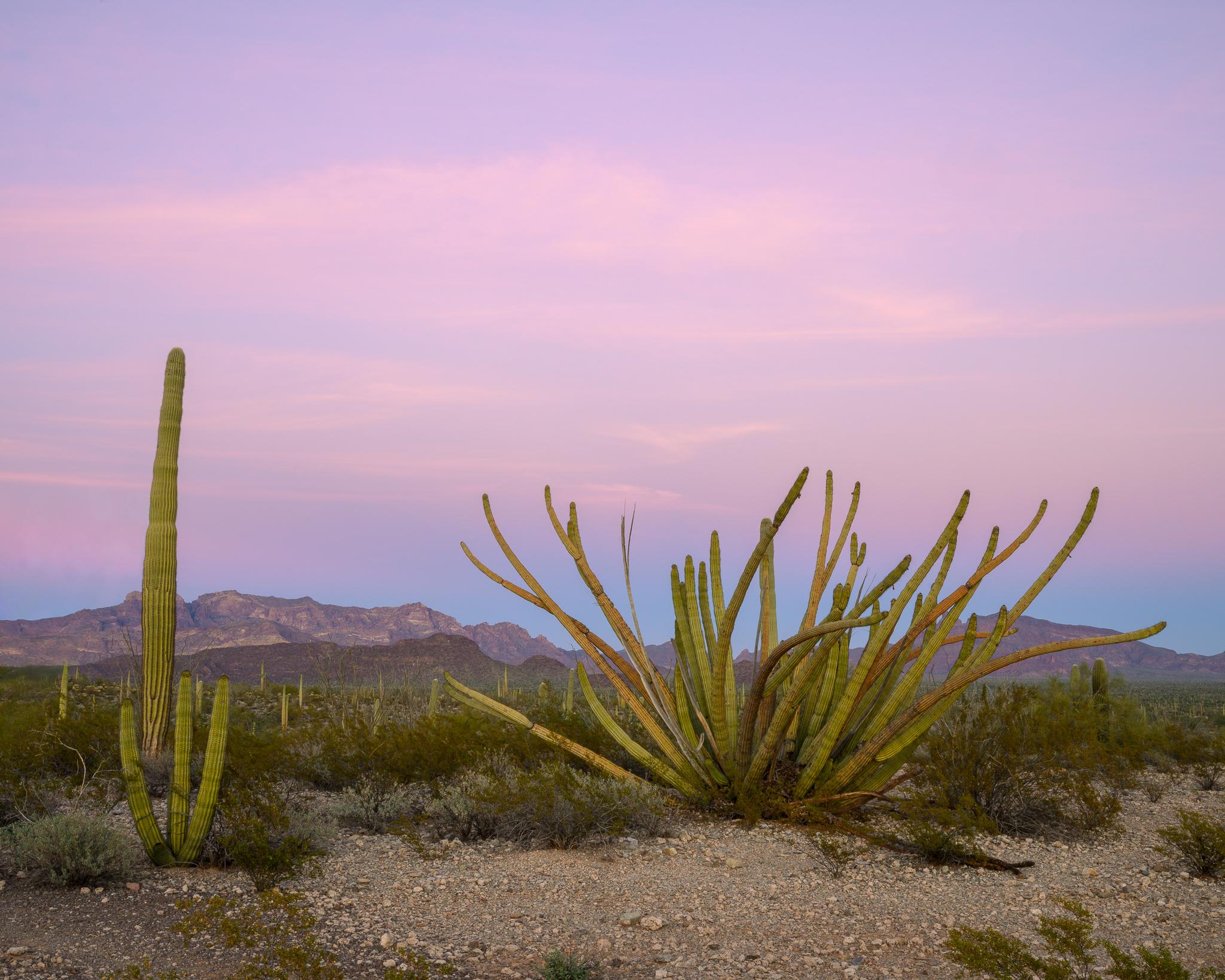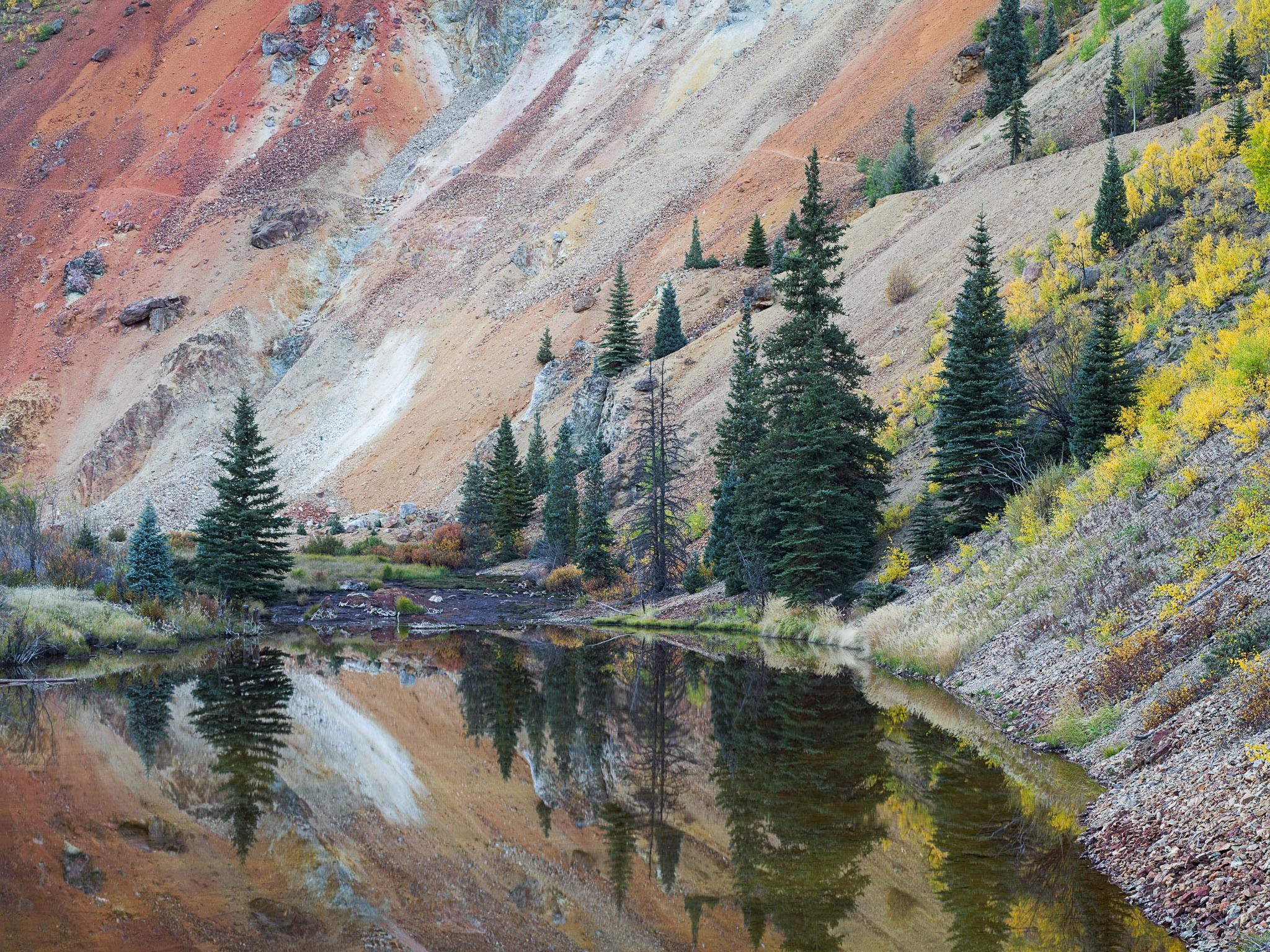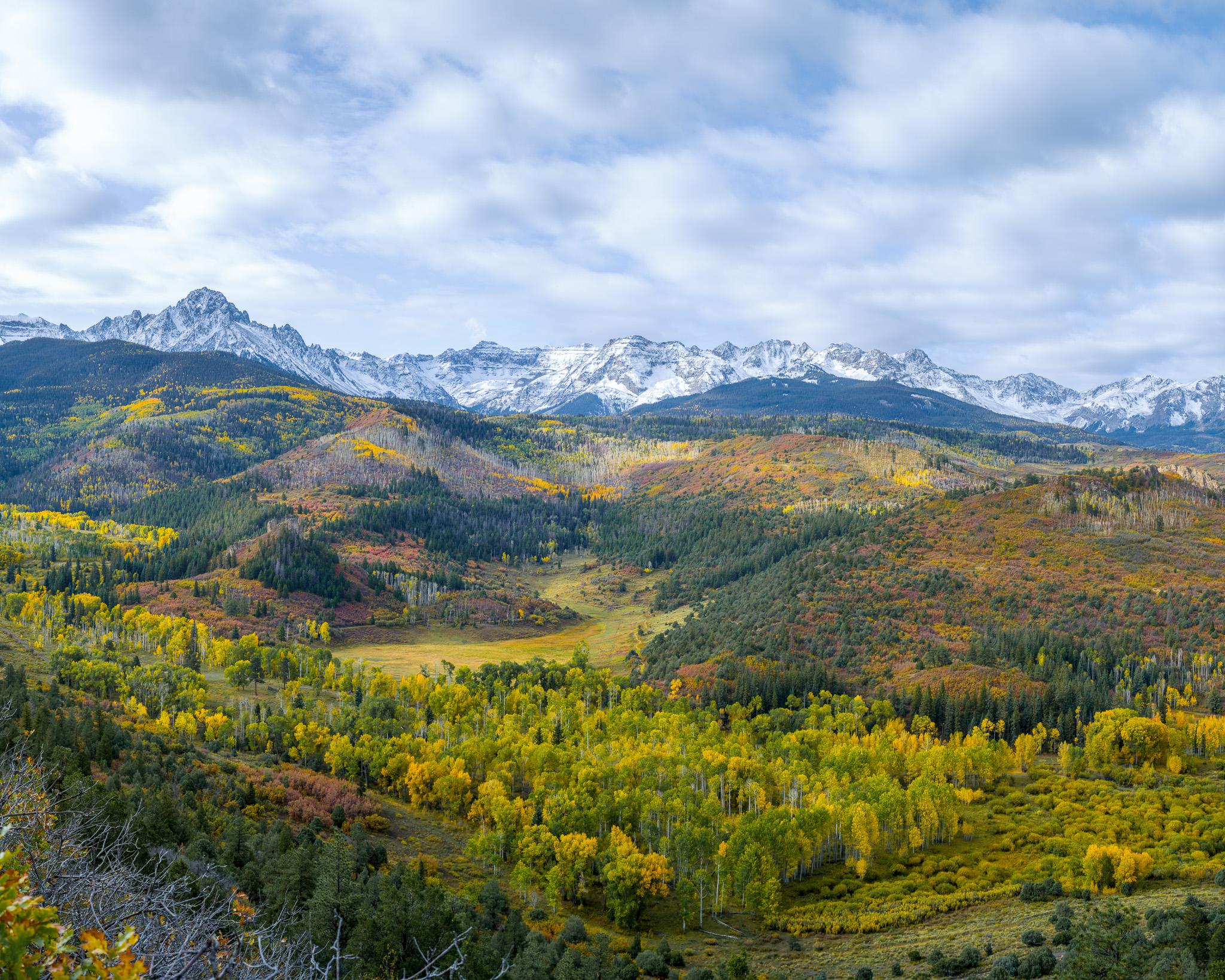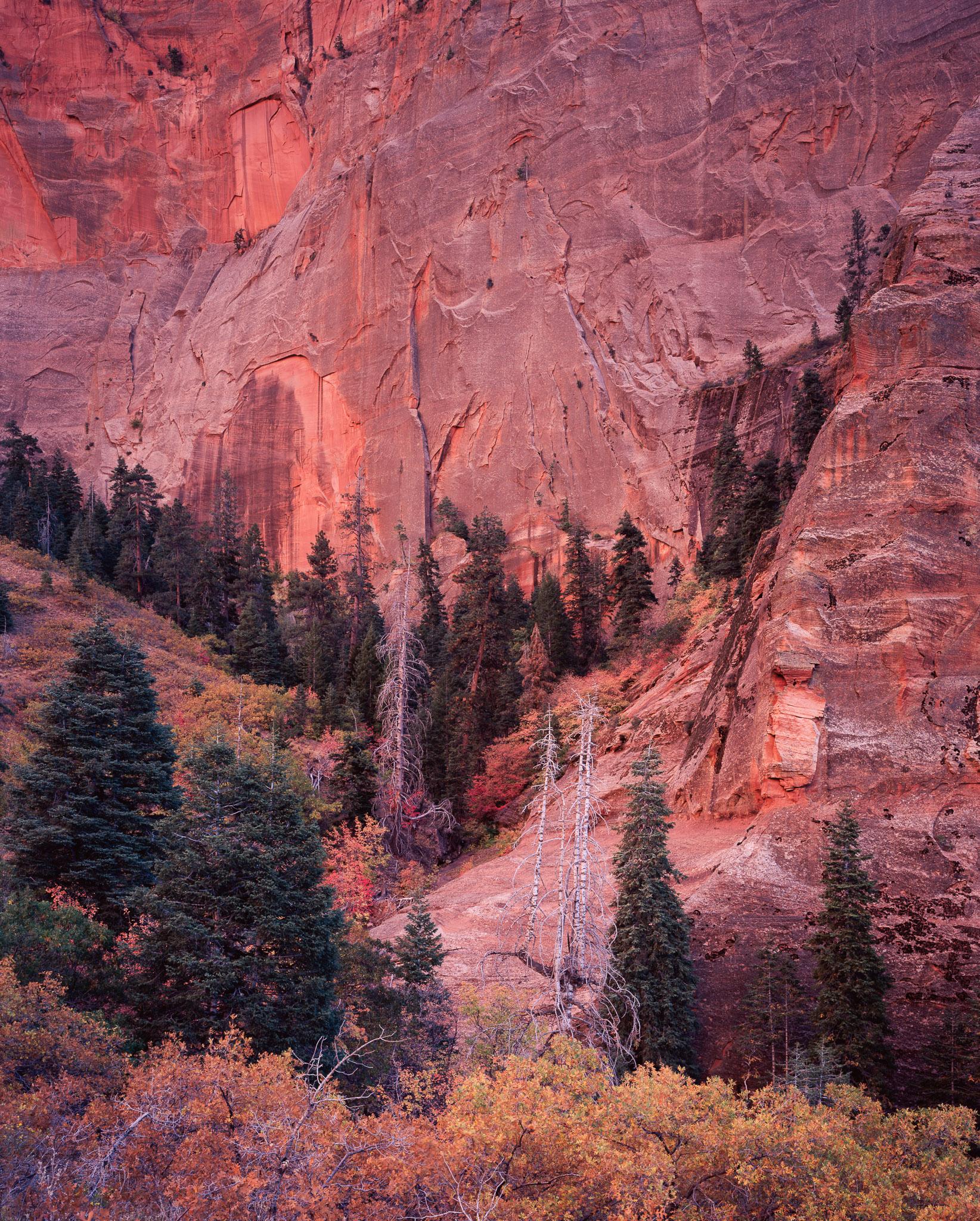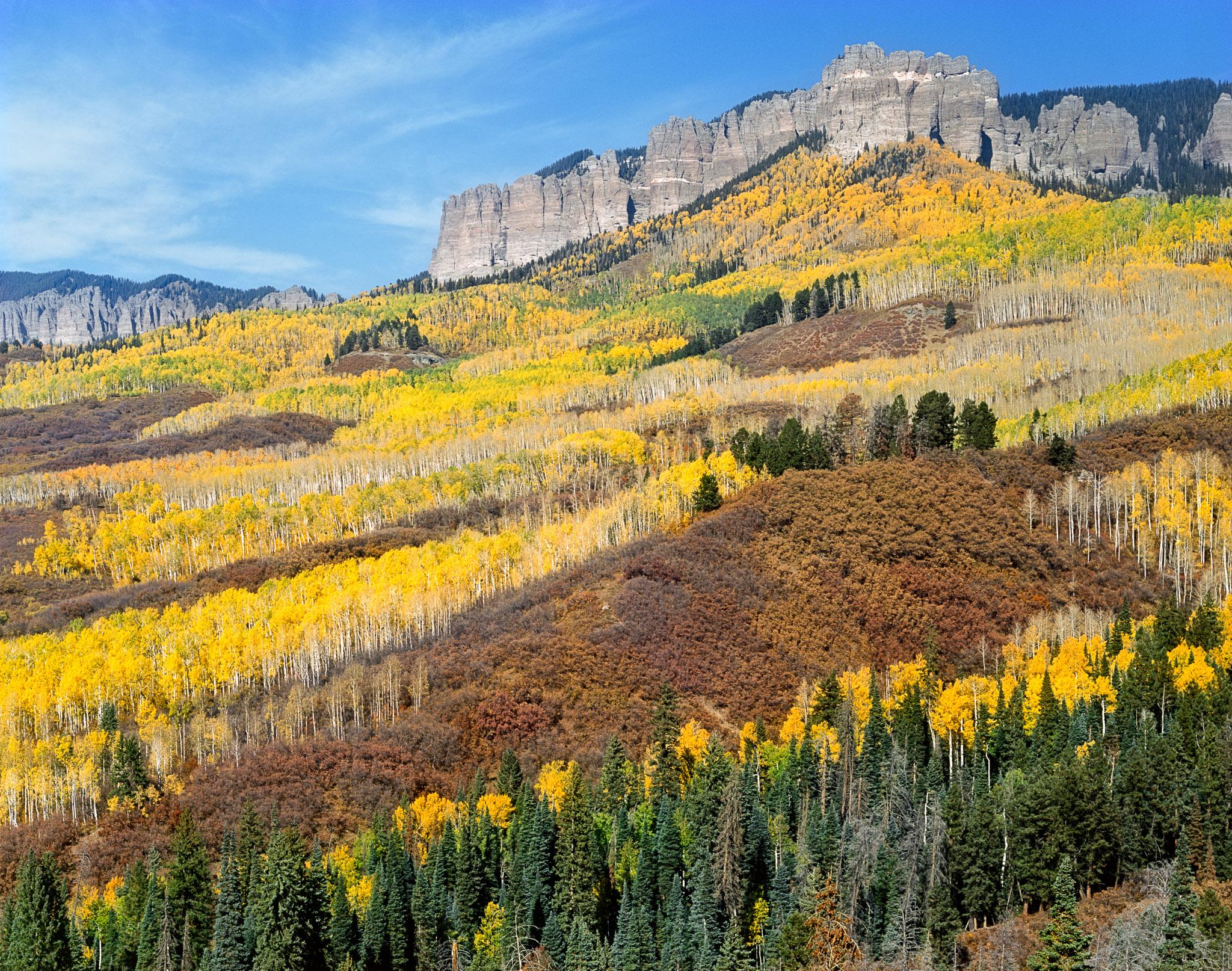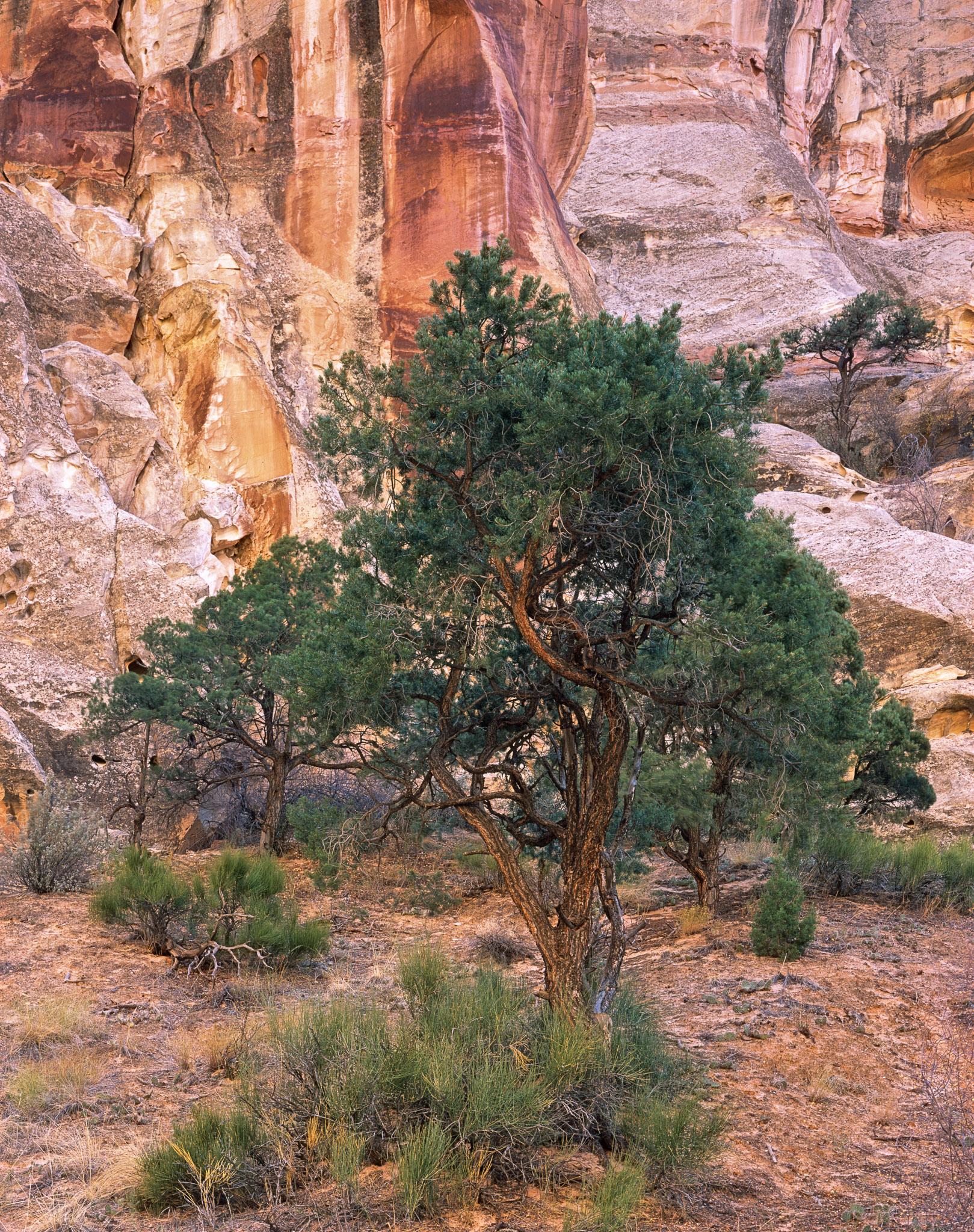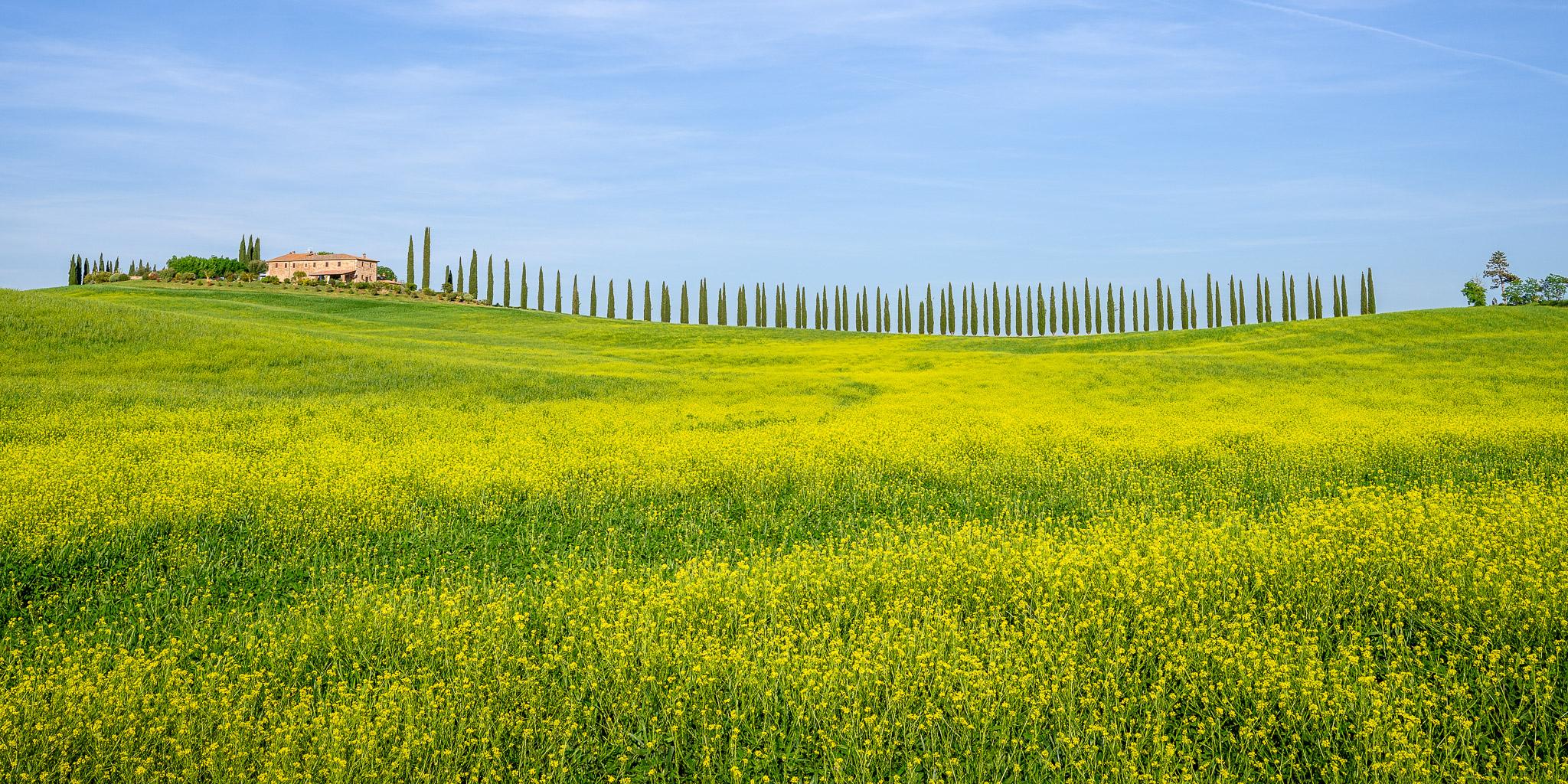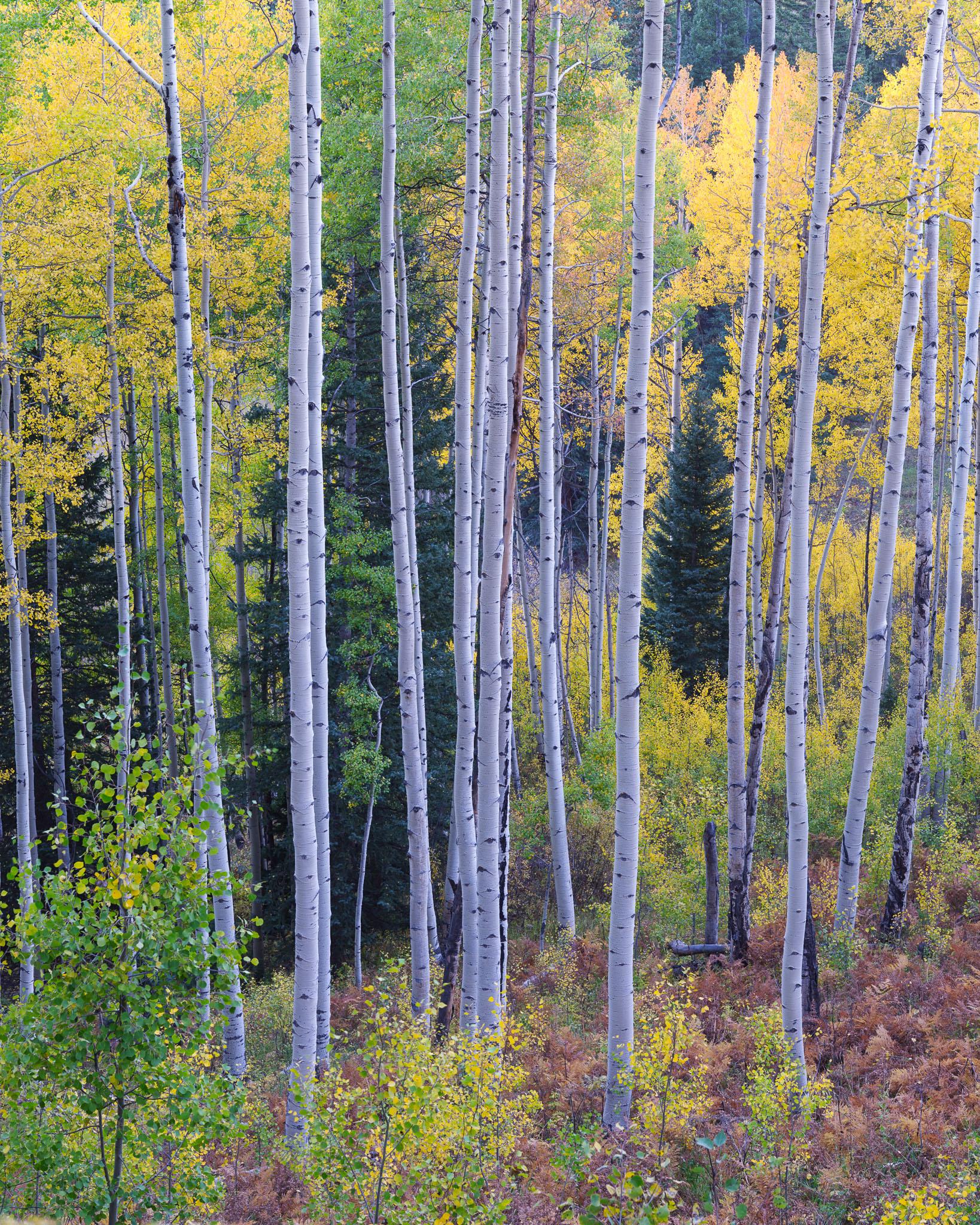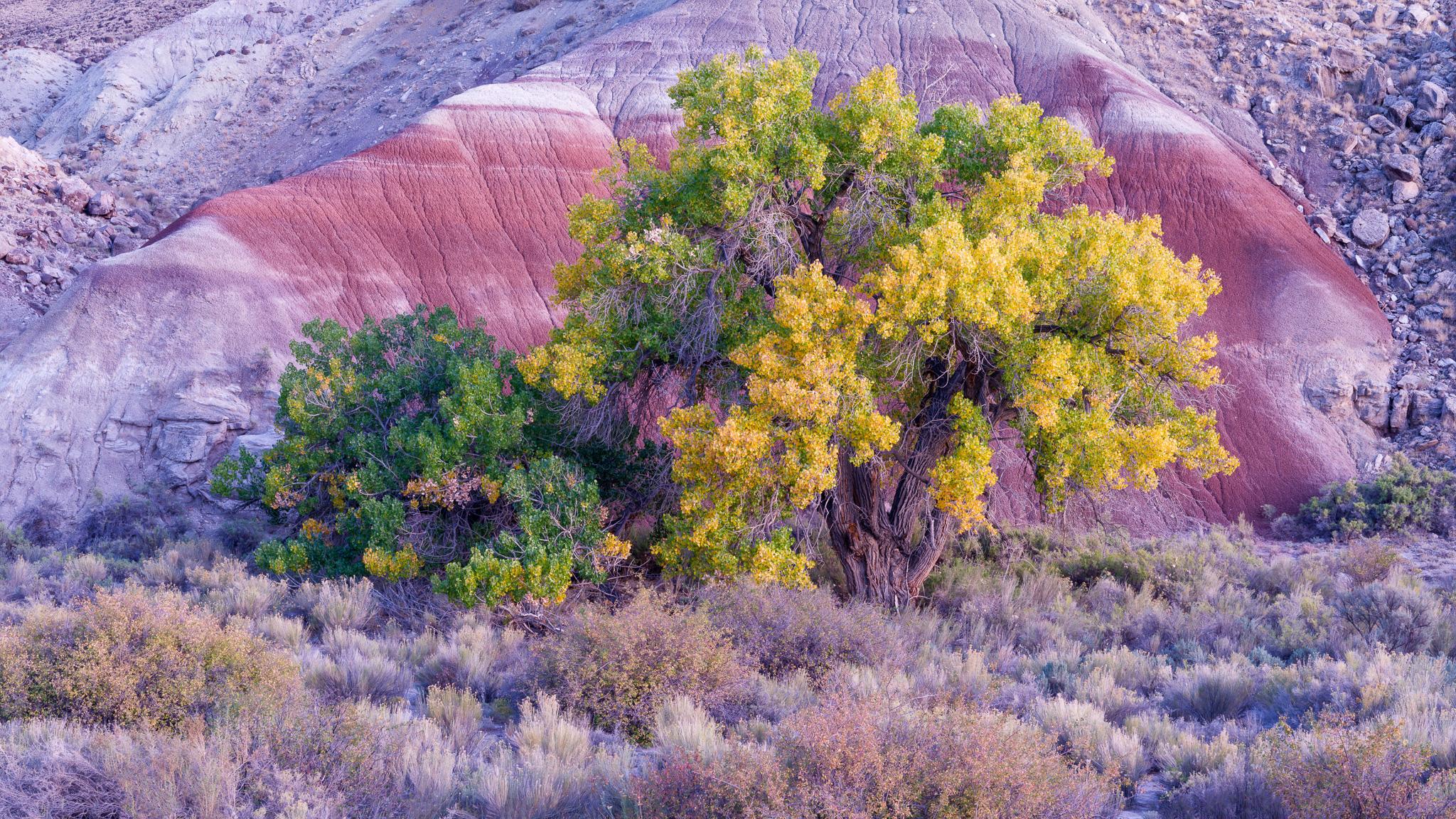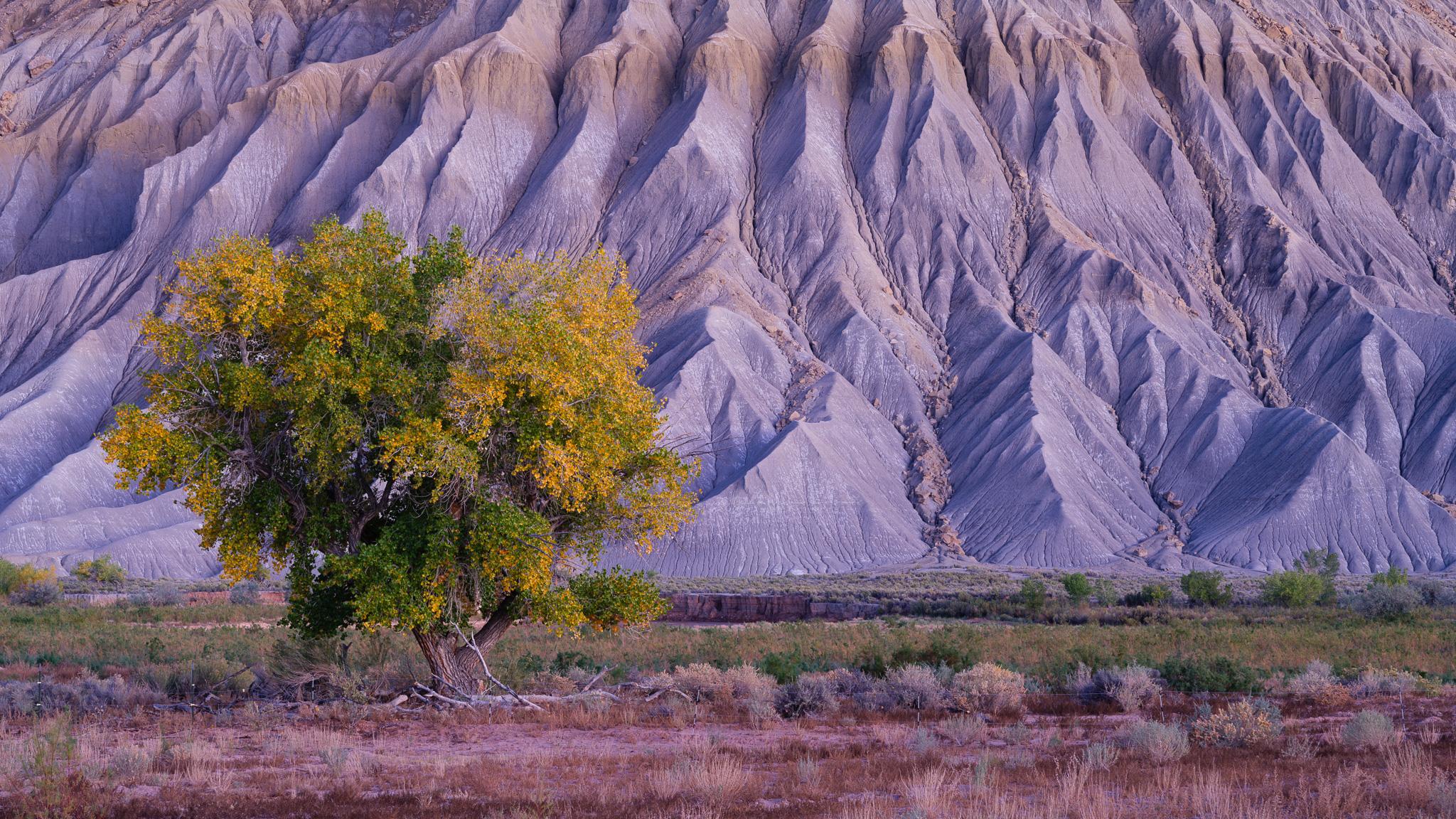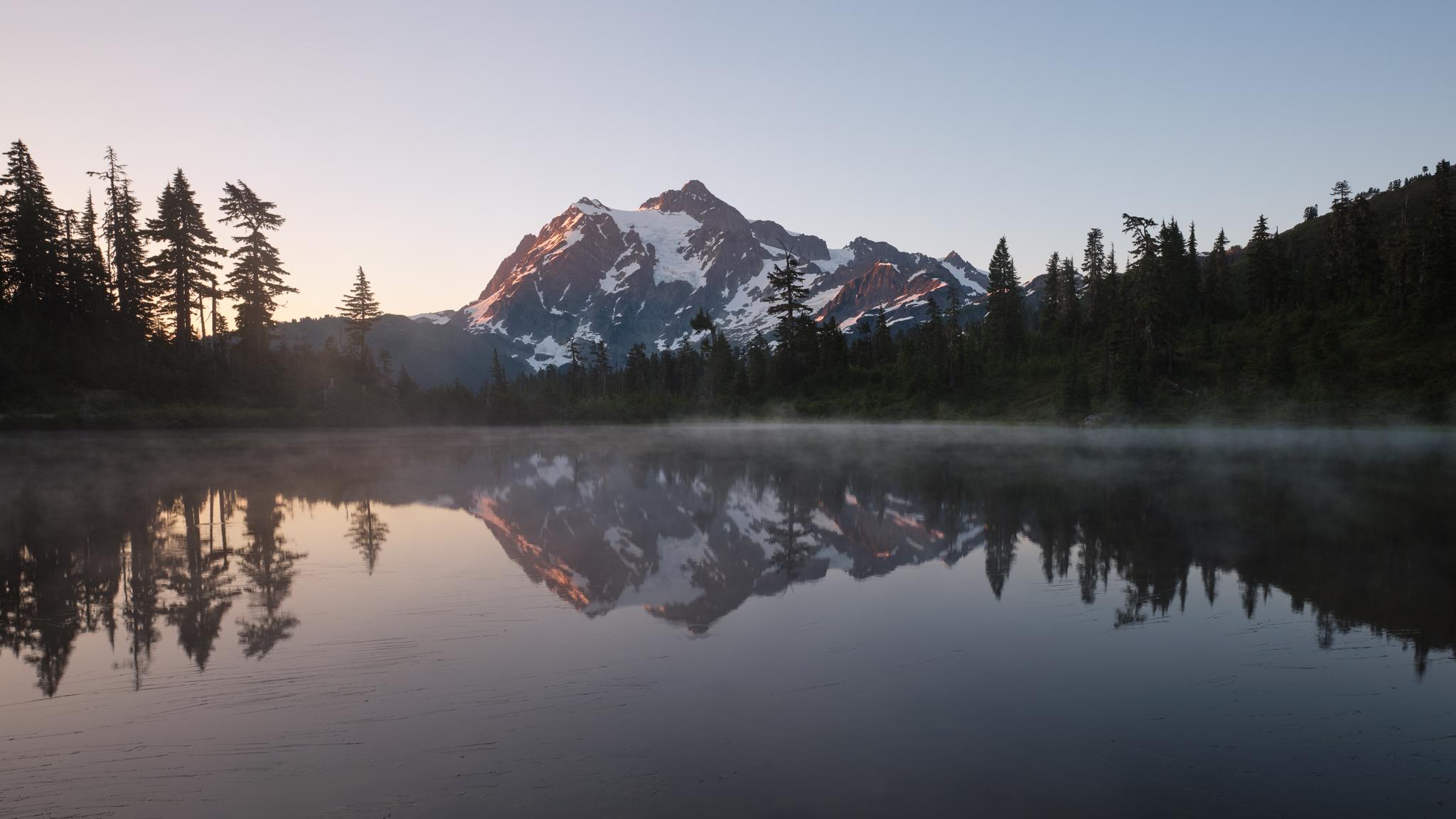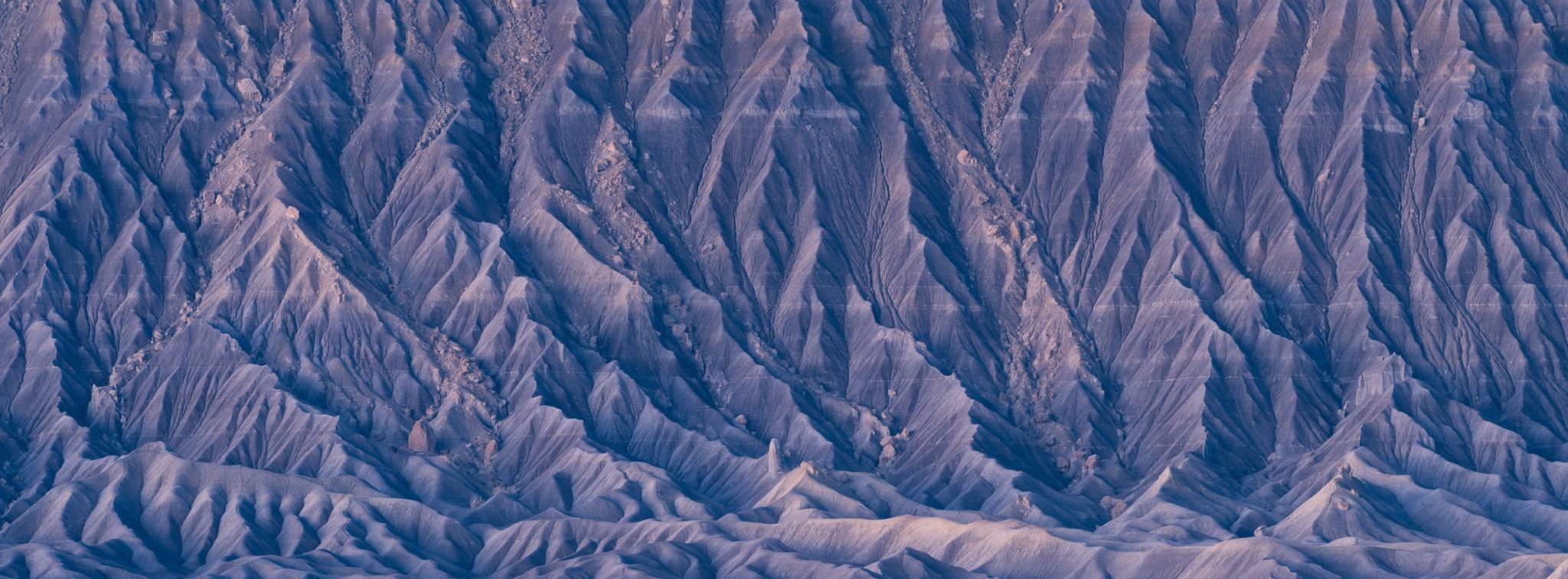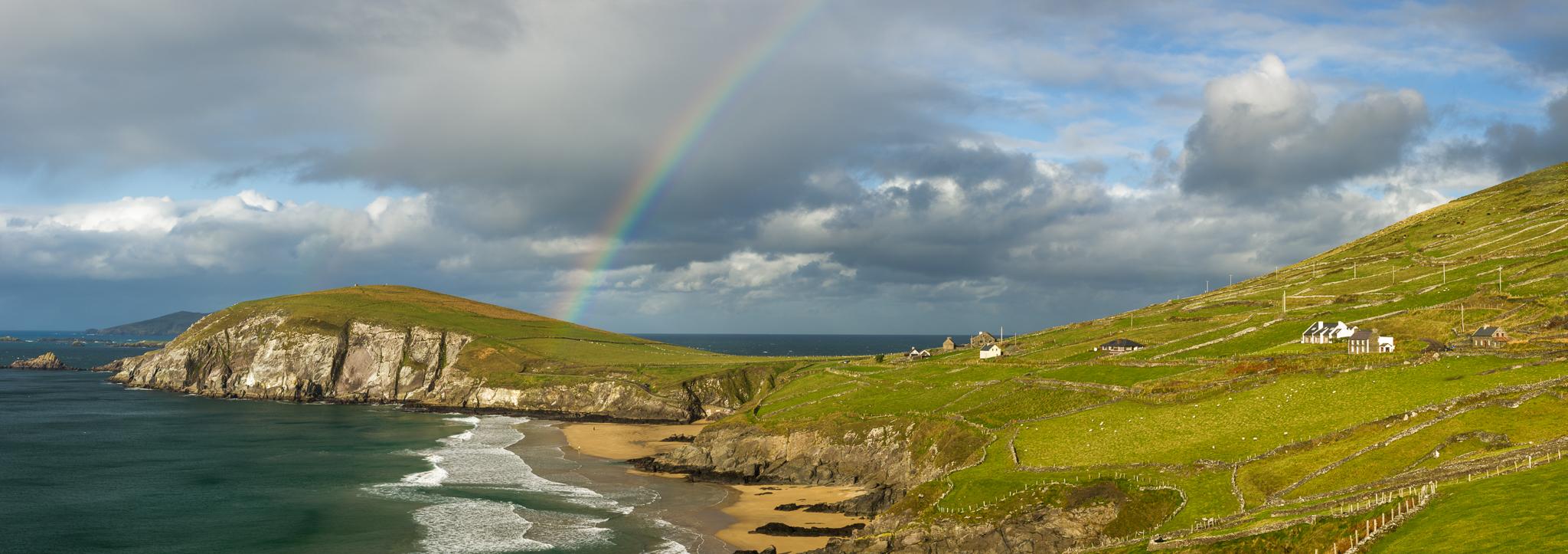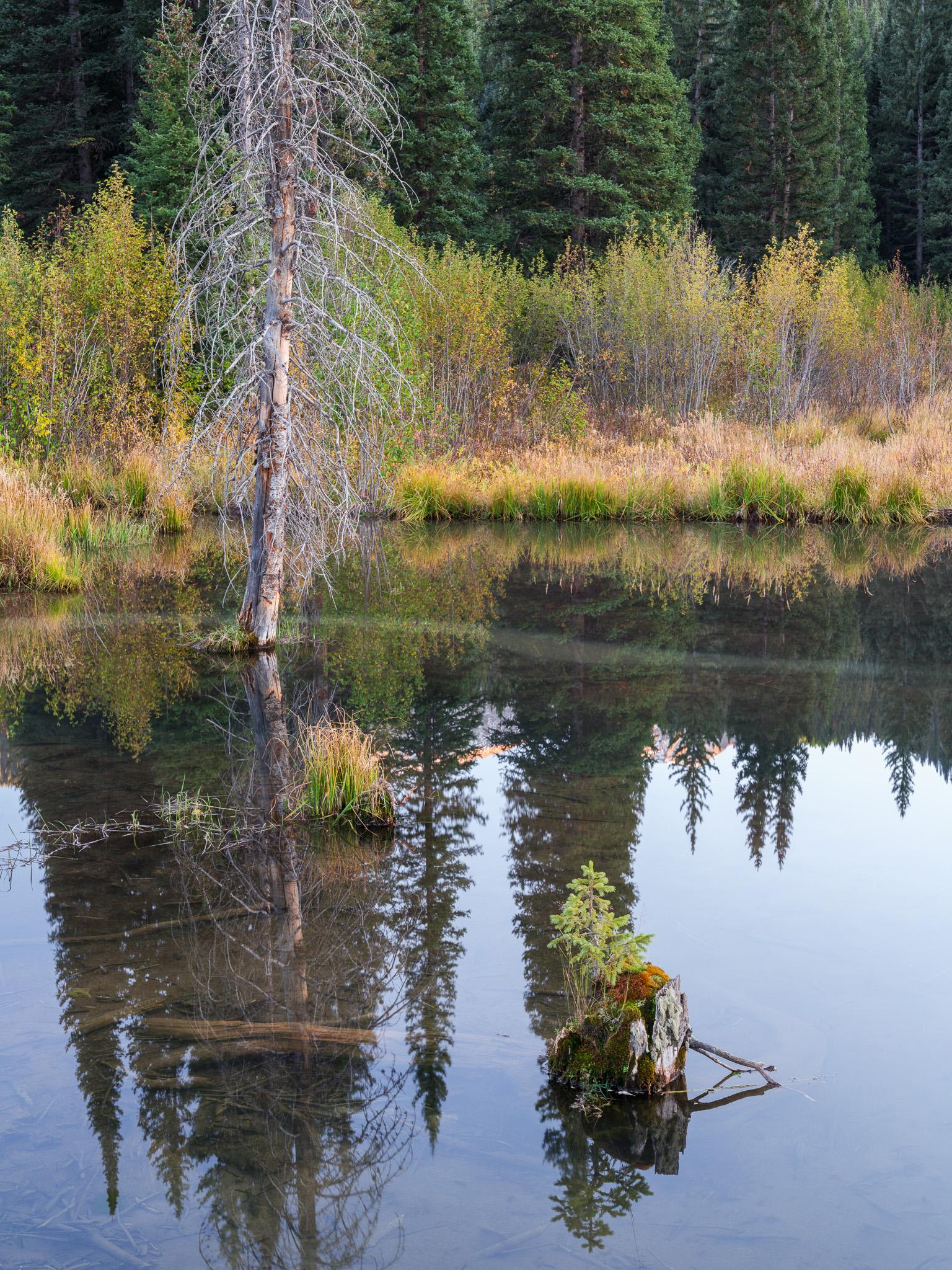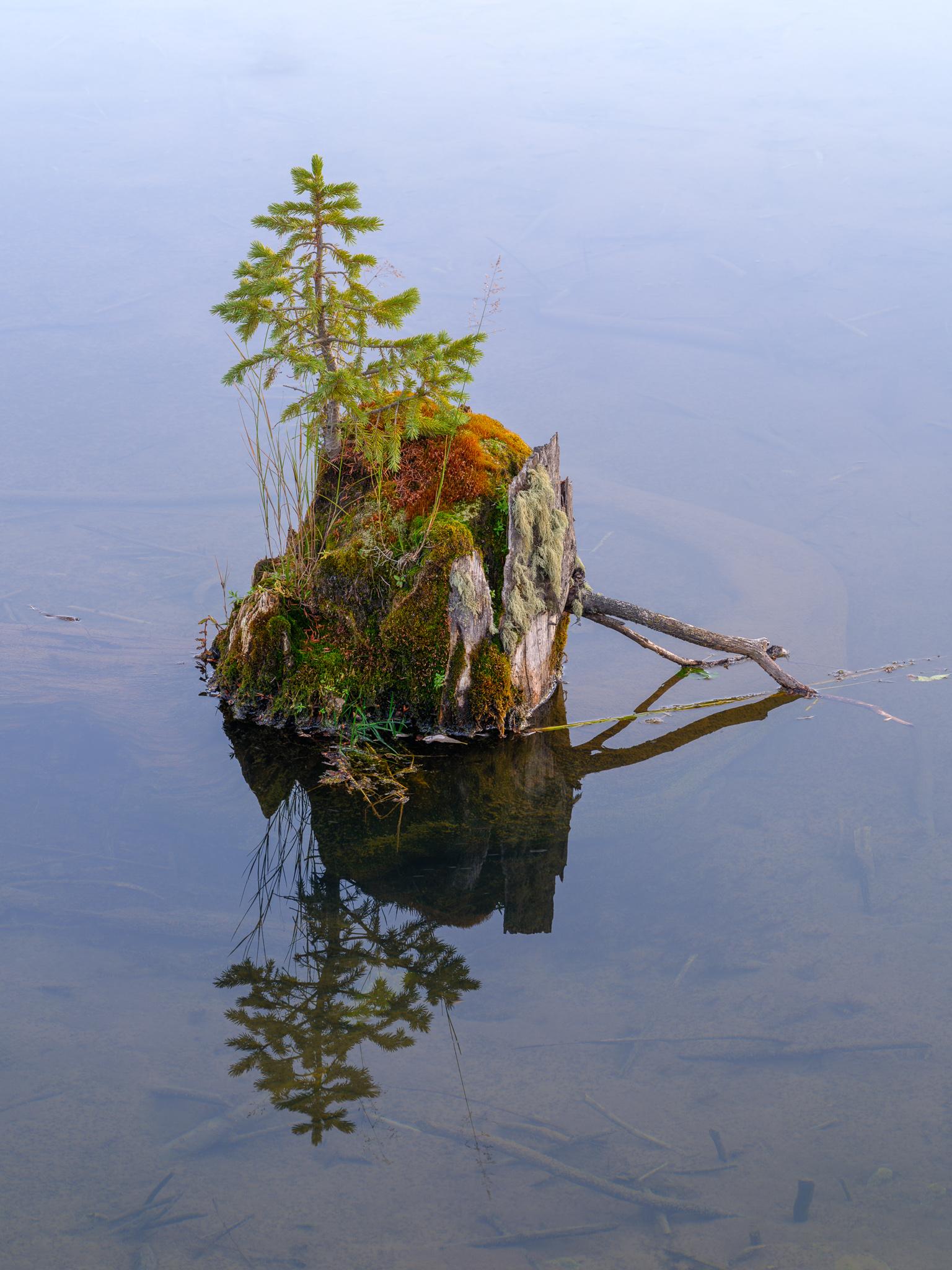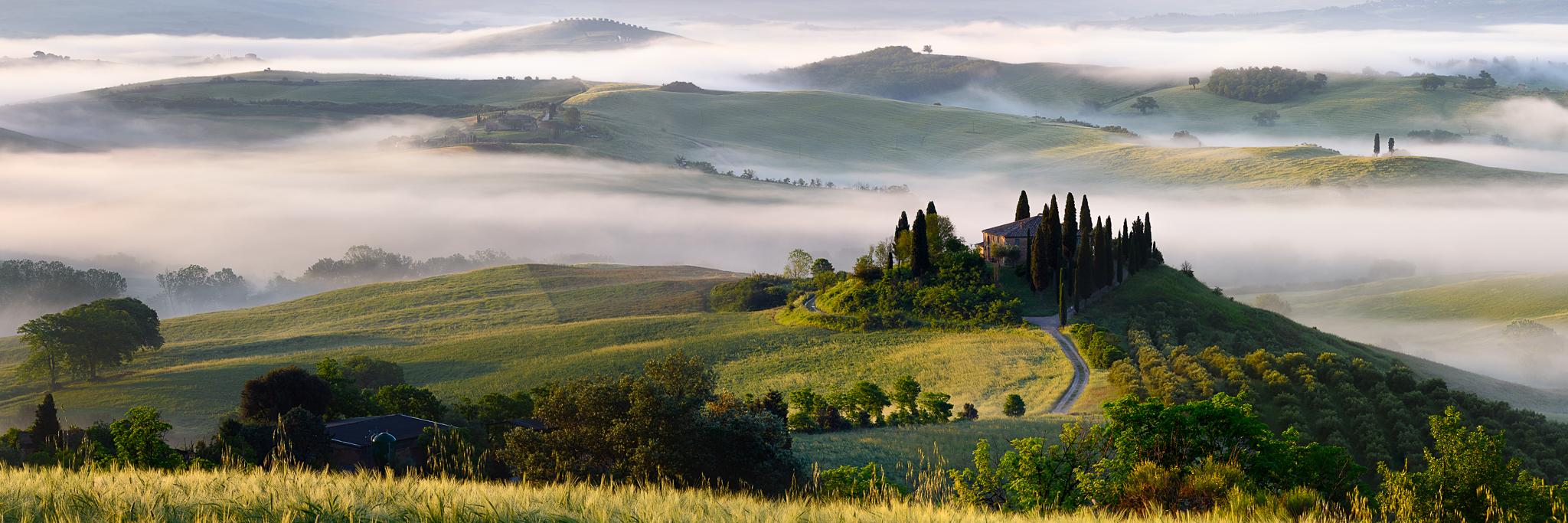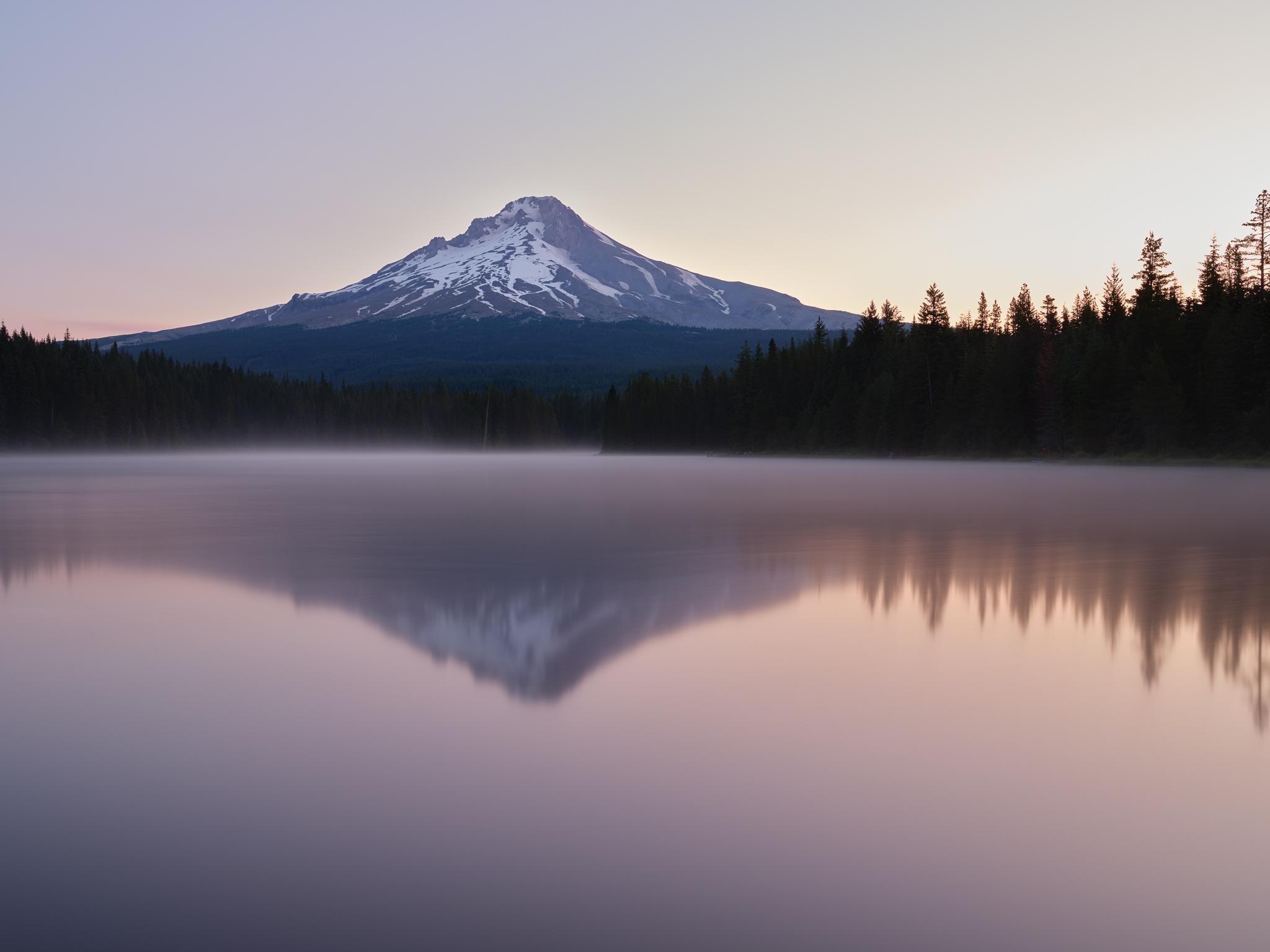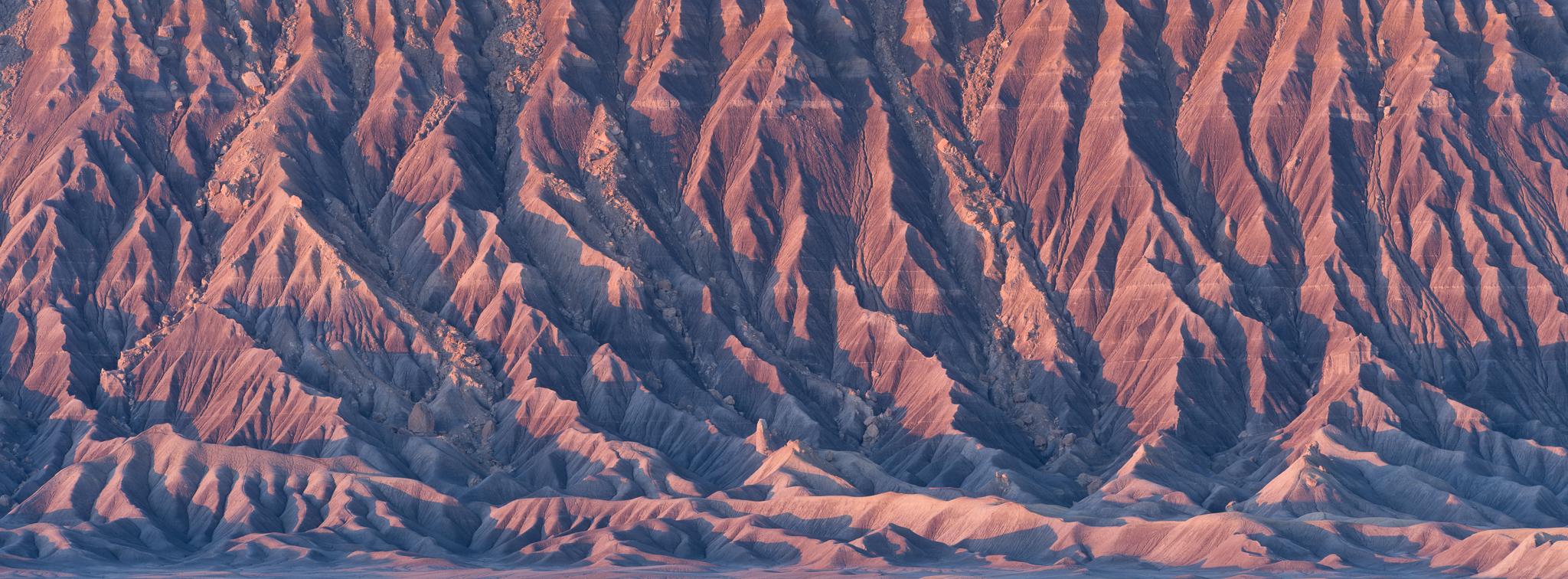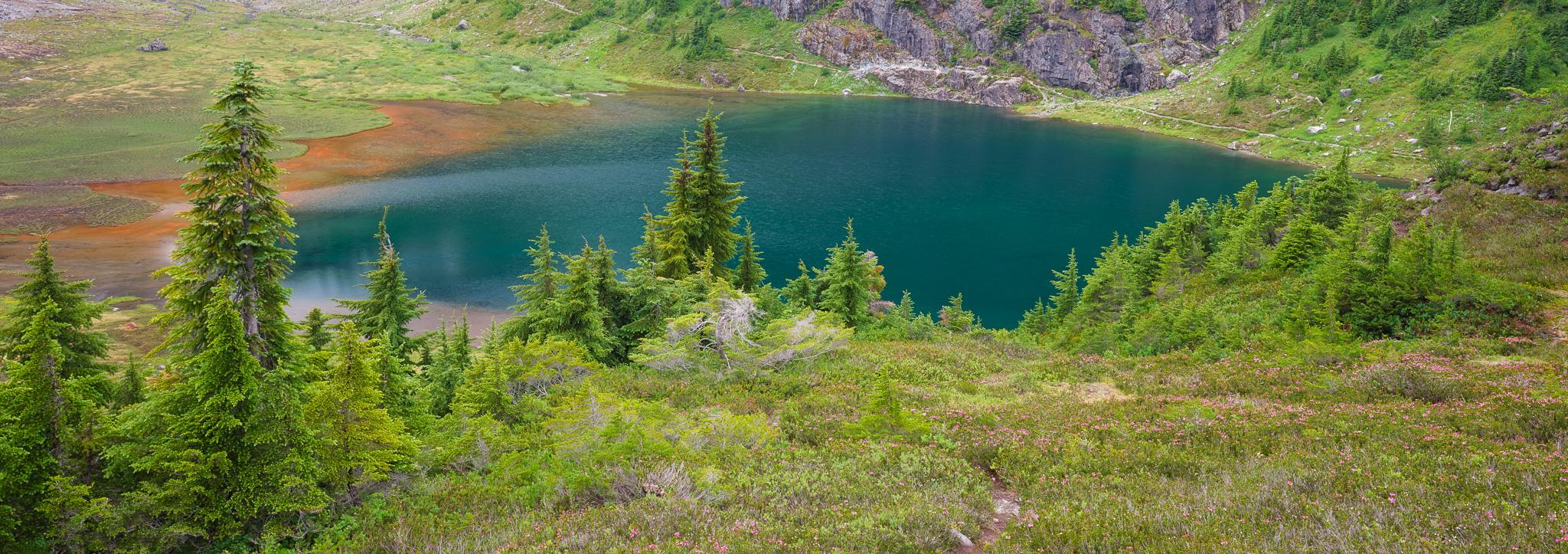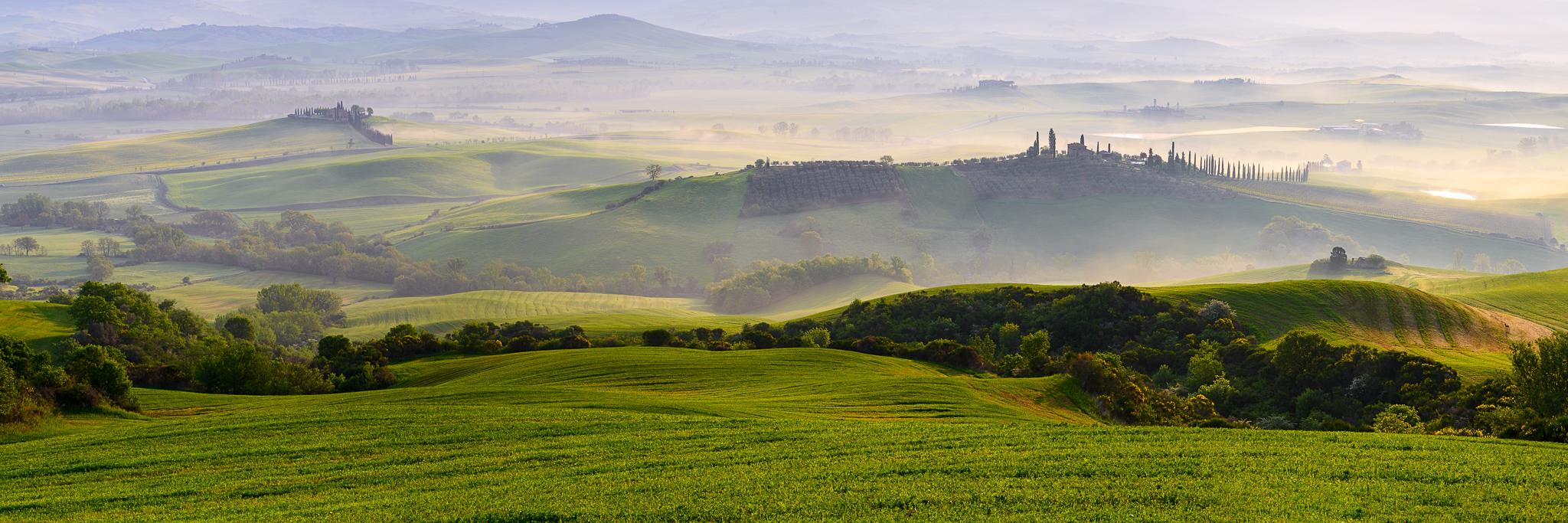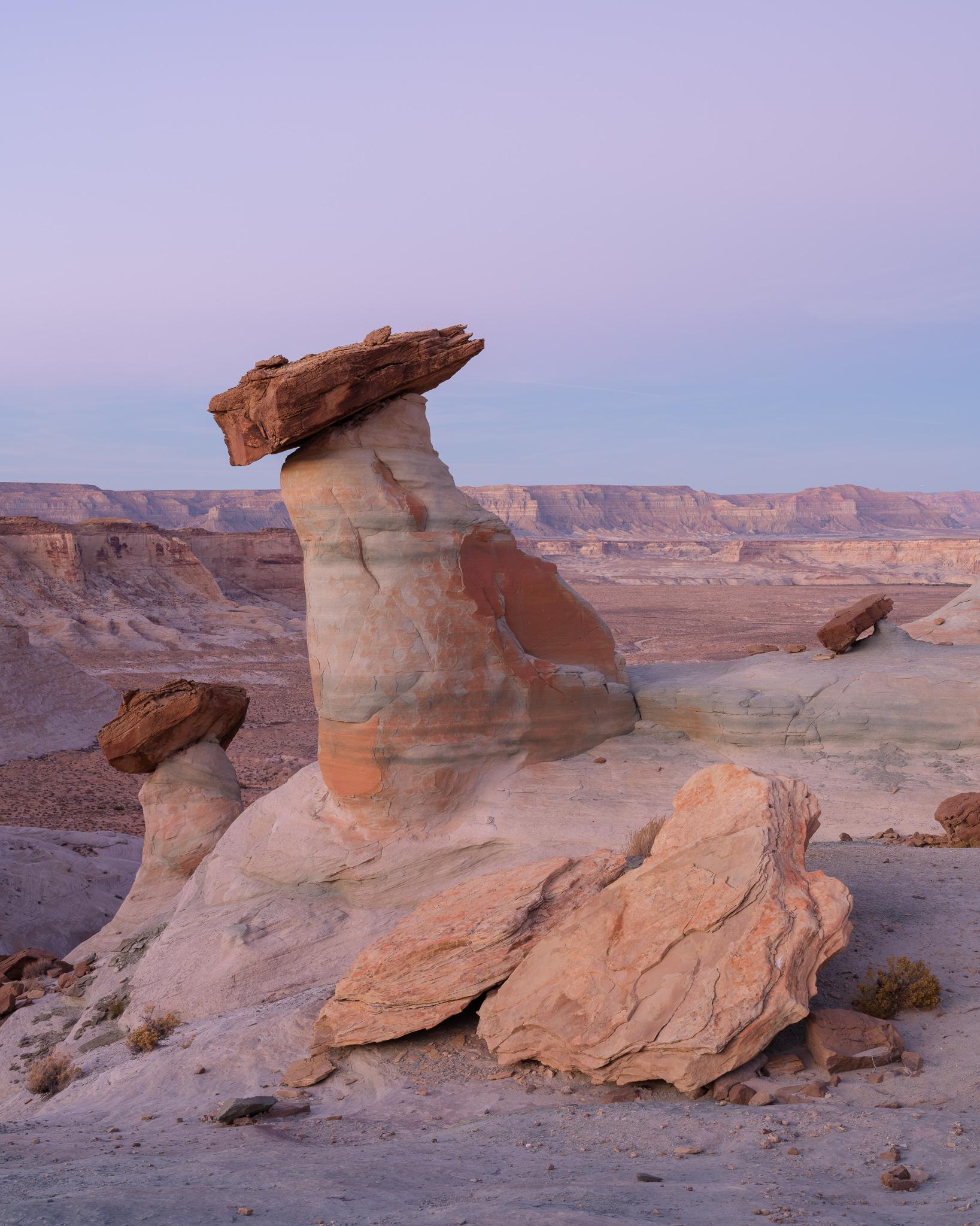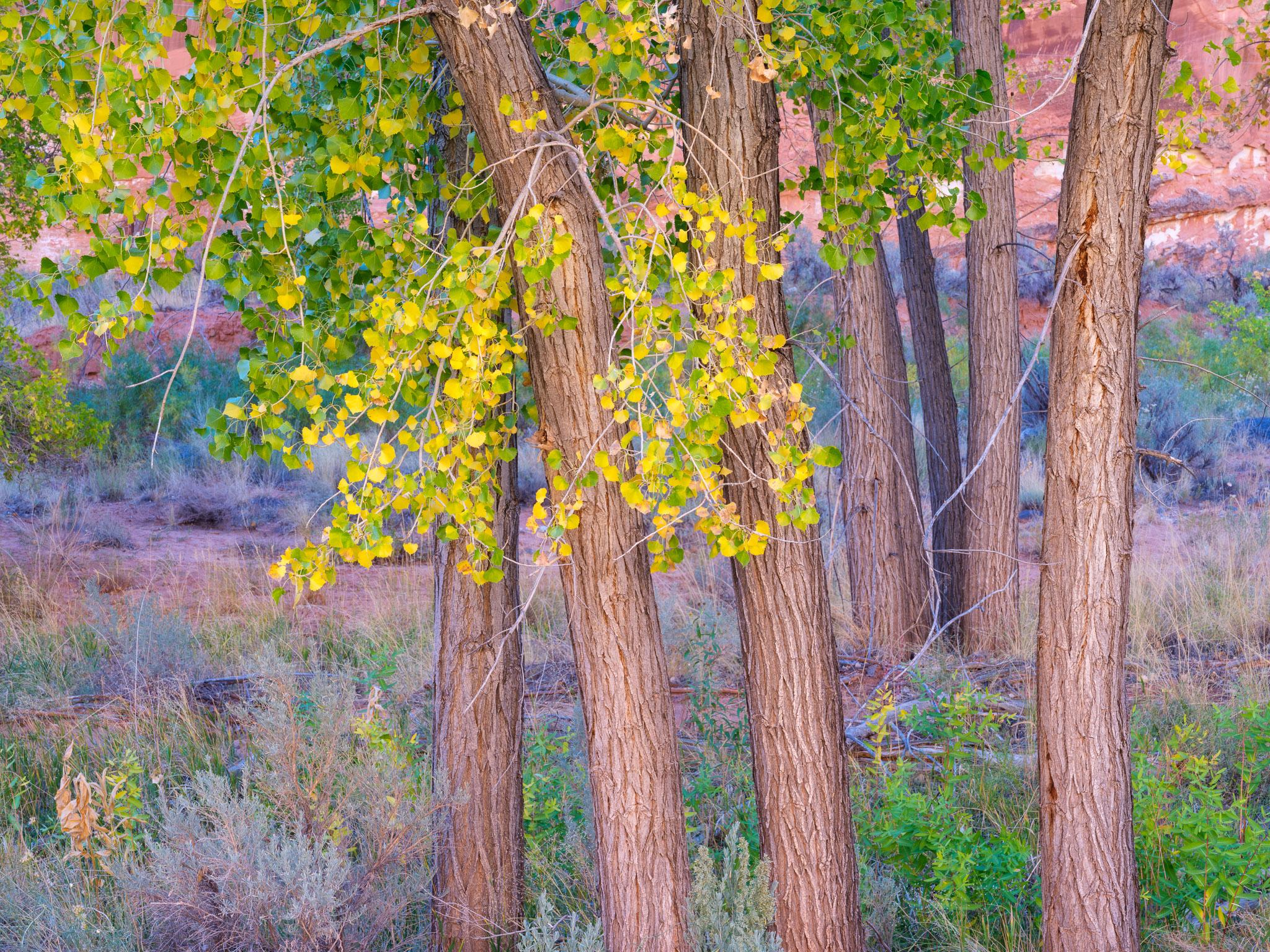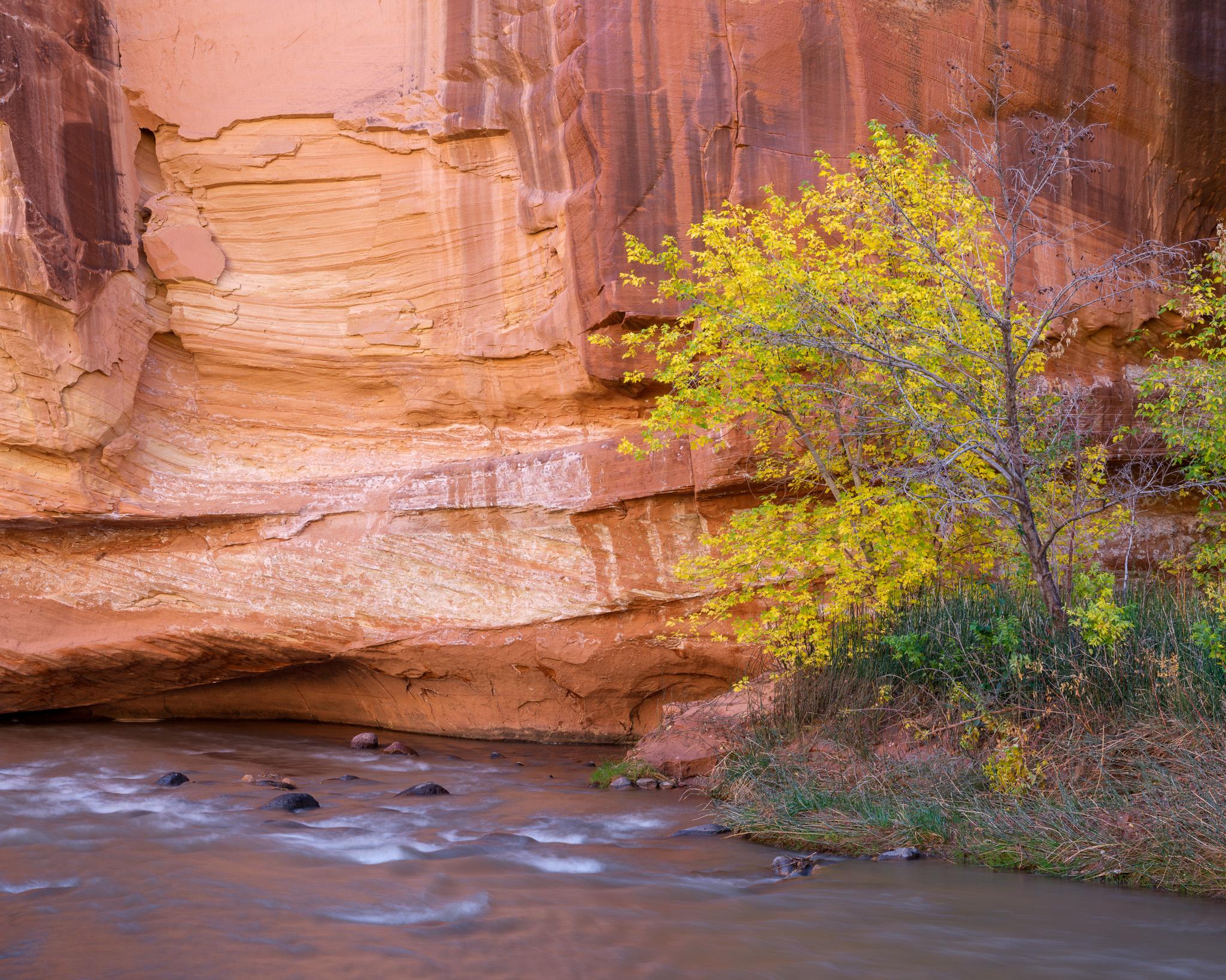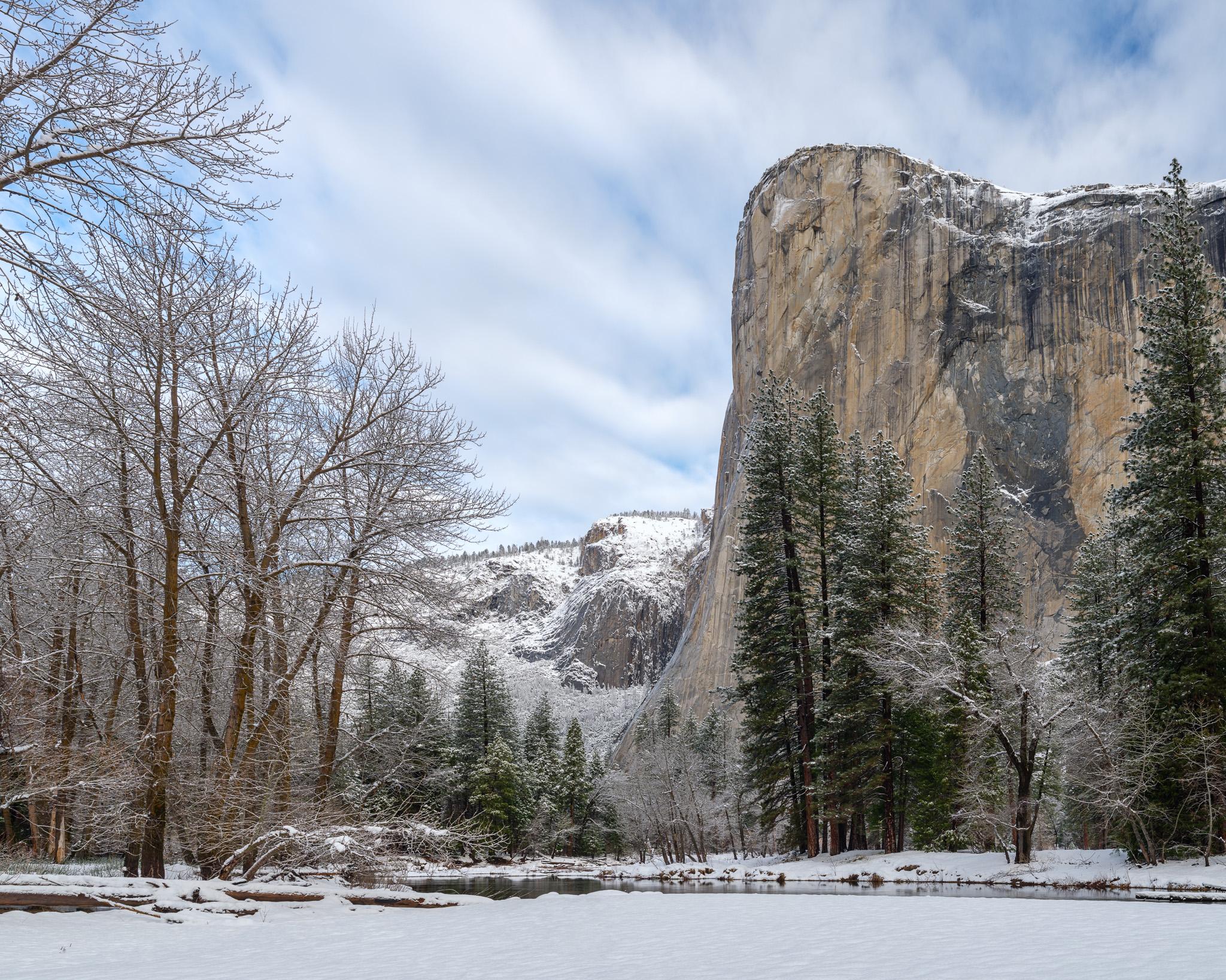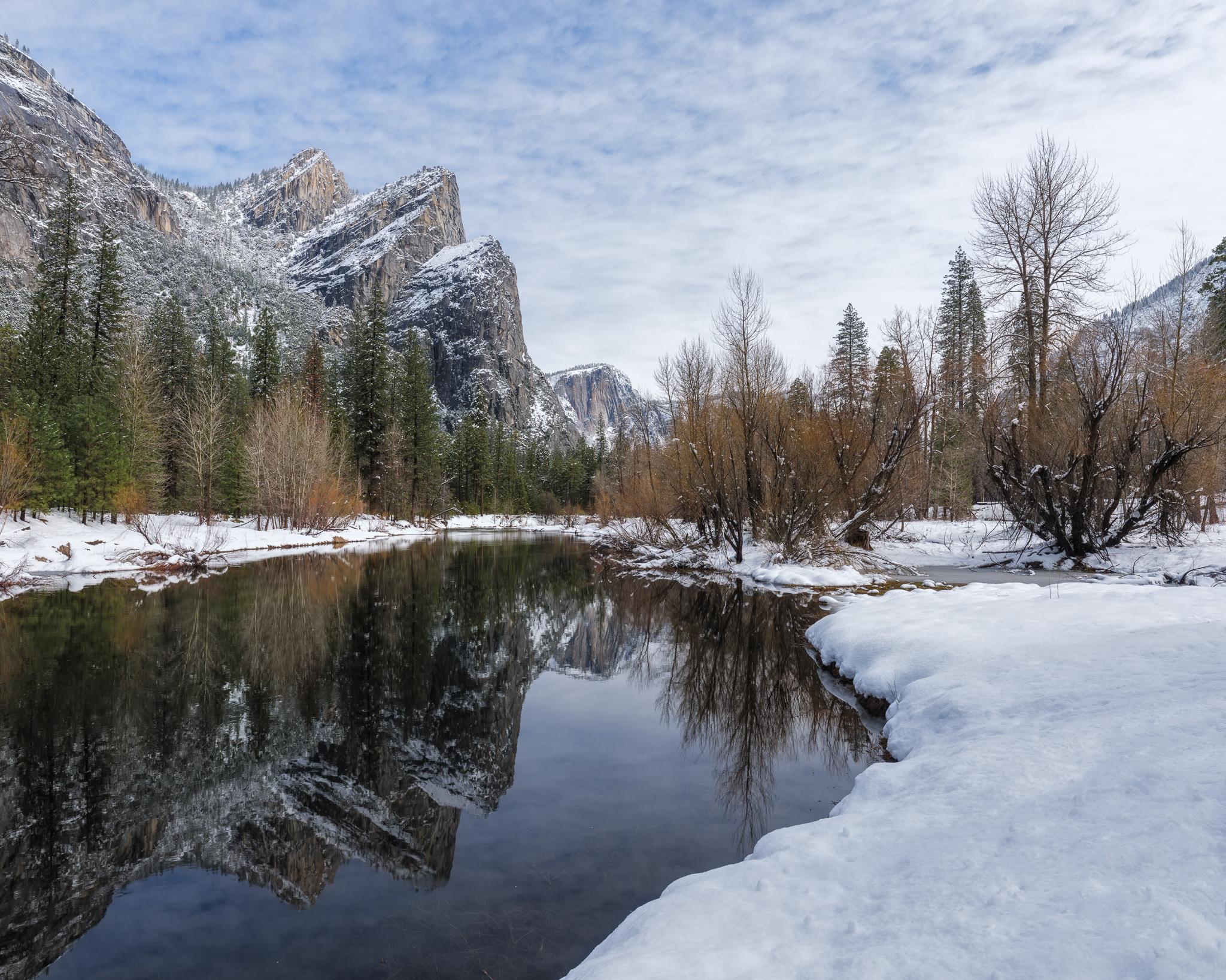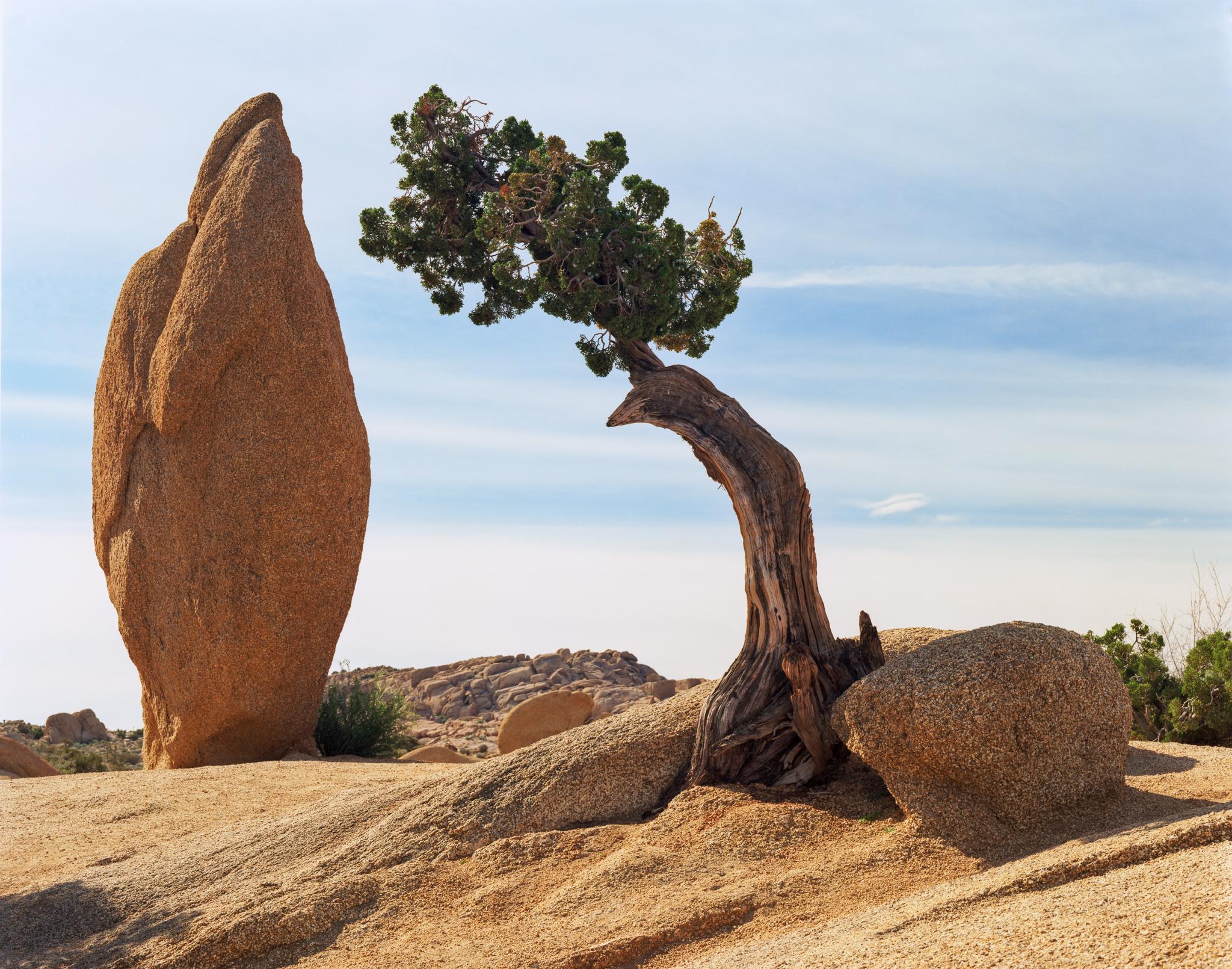Colors in Nature Fine Art Prints
Vibrant natural colors from wildflower blooms to autumn foliage—celebrating nature's spectacular color palette.
Museum-quality archival prints • Multiple sizes available • Limited editions
Showing 76 available prints from the Colors in Nature collection
Colors in Nature Landscape Photography
Nature produces color palettes of extraordinary vibrancy and subtlety, from the brilliant reds and golds of autumn forests to the delicate pastels of desert wildflower blooms. Photographing natural color requires understanding how different lighting conditions affect color saturation and how film or sensors render various wavelengths. Large format film, particularly transparency films like Fuji Velvia, captures colors with intensity and saturation that have made them legendary among landscape photographers seeking vivid, dramatic color reproduction.
Successful color landscape photography depends on recognizing scenes where color becomes the primary compositional element rather than mere decoration. This requires developing sensitivity to color relationships—complementary colors that create visual tension, analogous colors that produce harmony, and accent colors that provide focal points within broader color schemes. The best color photographs use color purposefully to guide viewer attention and evoke emotional responses.
Wildflower Blooms
Desert wildflower super blooms create spectacular displays when winter rains trigger mass germination of dormant seeds. California's Anza-Borrego, Arizona's Sonoran Desert, and other arid regions transform into colorful carpets of poppies, lupines, and desert marigolds that last only weeks before summer heat ends the display. Photographing wildflowers requires careful timing—monitoring precipitation patterns and bloom reports to catch peak displays—and understanding how different times of day affect flower colors and light quality.
Autumn Colors
Autumn foliage creates nature's most dramatic annual color display, transforming entire forests from green to brilliant yellows, oranges, and reds. The intensity and timing of fall colors vary by species, elevation, latitude, and annual weather patterns, requiring photographers to understand regional patterns and peak timing. Colorado's aspens, New England's maples, and the Great Smoky Mountains' diverse hardwoods each produce distinctive color palettes that define their respective regions' autumn character.
Fine Art Color Prints
Color photographs are printed using archival pigment inks on fine art papers selected to accurately reproduce vibrant natural colors while maintaining archival permanence. Each print preserves the color intensity and subtle gradations that make these subjects compelling for collectors who appreciate nature's spectacular color displays.
Limited edition prints available in sizes from 11x14 inch intimate color studies to large 40x50 inch vibrant compositions. All prints include certificates of authenticity and are produced on museum-quality materials suitable for collectors of color landscape photography.
Colors in Nature FAQ
What creates the most vibrant colors in nature?
The most vibrant natural colors come from wildflower blooms, autumn foliage, colorful rock formations, and certain atmospheric conditions. Film choice significantly affects color rendition—Fuji Velvia became legendary for saturated colors while maintaining natural appearance. Lighting also critically affects color vibrancy, with overcast light producing saturated colors and golden hour light adding warm tones.
When is the best time for colorful landscape photography?
Optimal timing varies by subject: spring for wildflower blooms, autumn for foliage color, year-round for geological color formations. Overcast days often provide the most saturated colors by eliminating harsh shadows and bright highlights. Golden hour adds warm tones but may reduce color saturation. Different subjects and lighting conditions create varied color effects.
Are colorful nature prints suitable for interior design?
Yes, colorful nature photography prints provide vibrant focal points in interior spaces. The natural color palettes complement both neutral and bold interior schemes while adding visual energy. Colorful prints work particularly well in contemporary, eclectic, and transitional design styles where bold artwork enhances overall aesthetic impact without overwhelming spaces.

